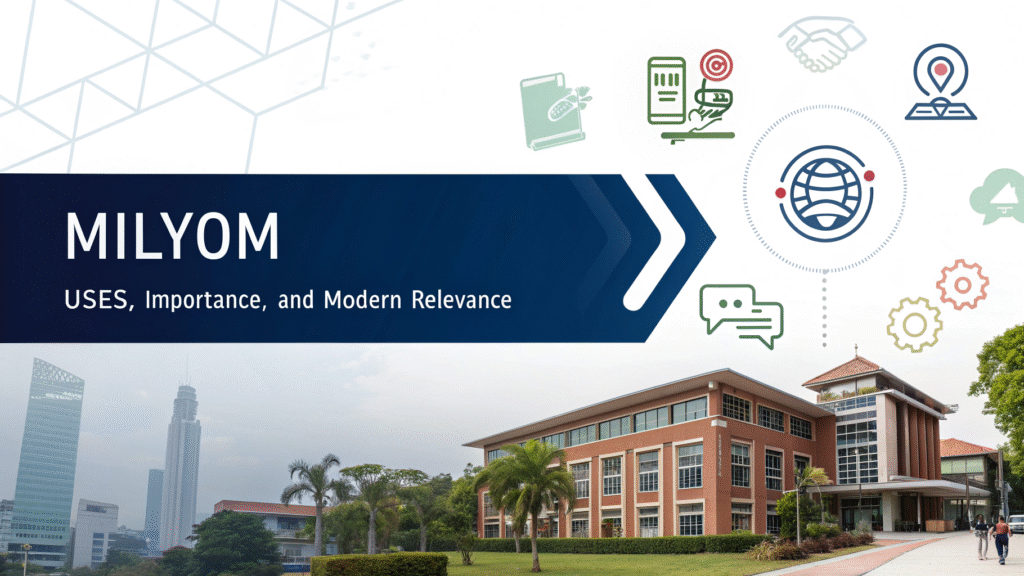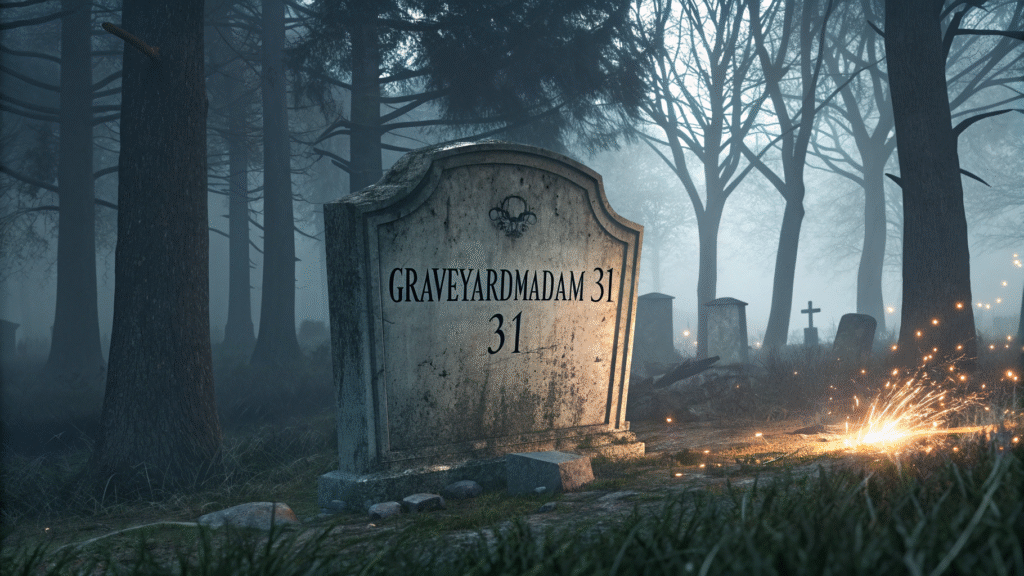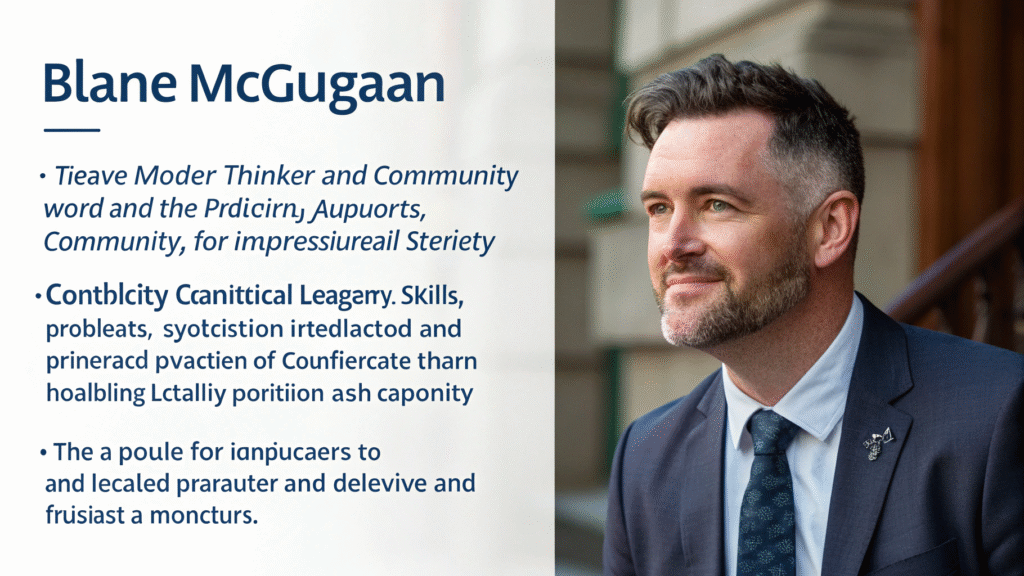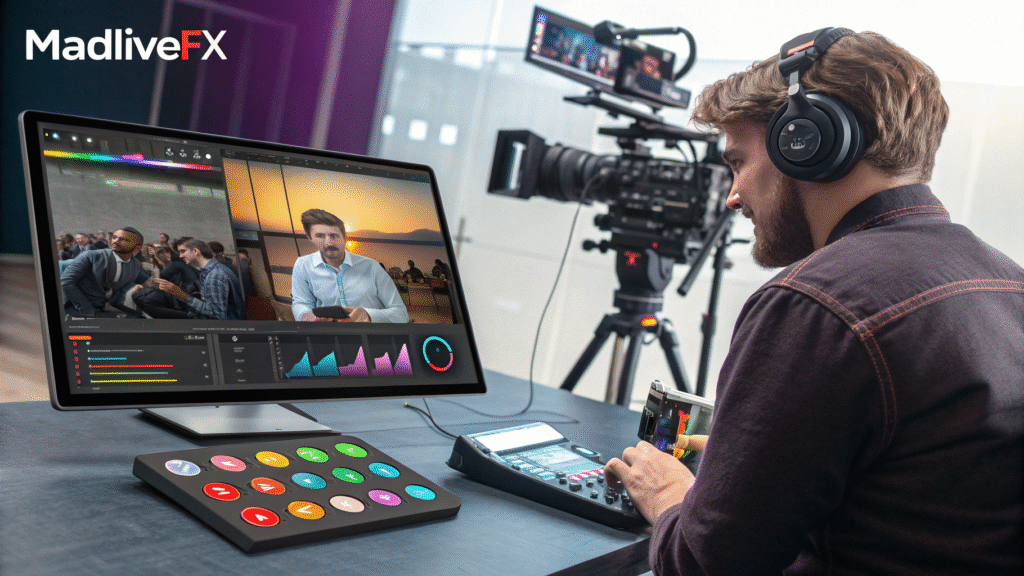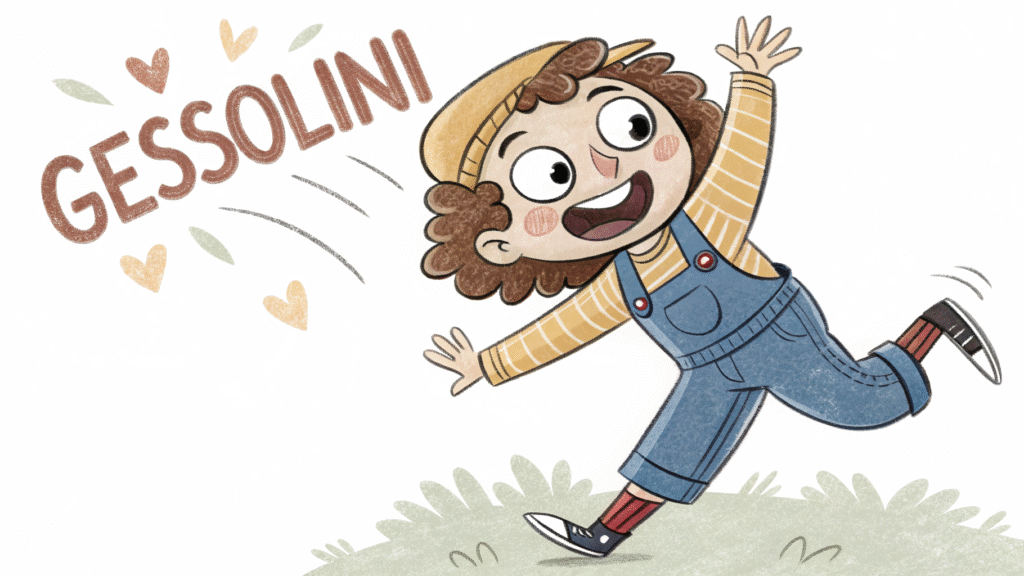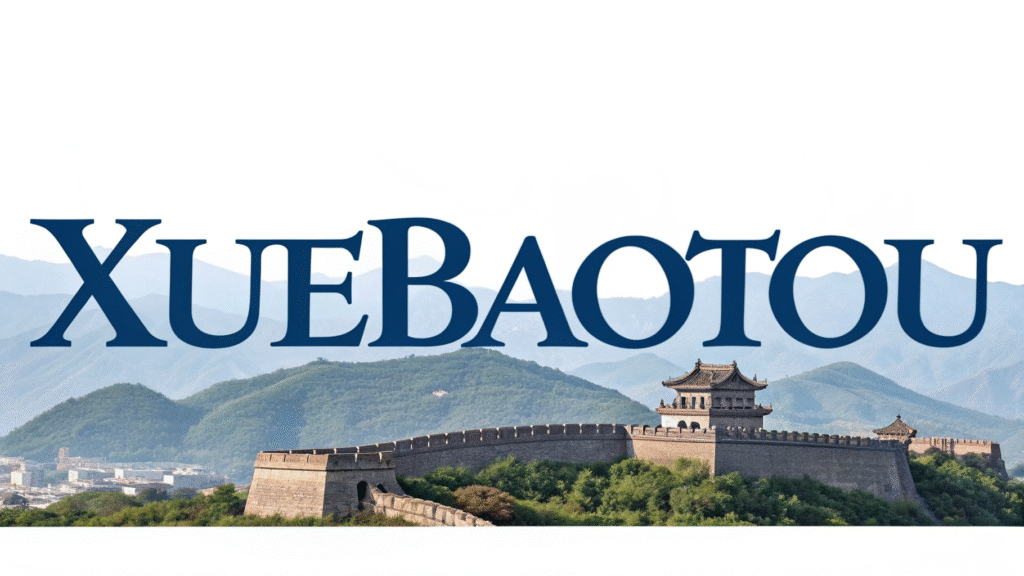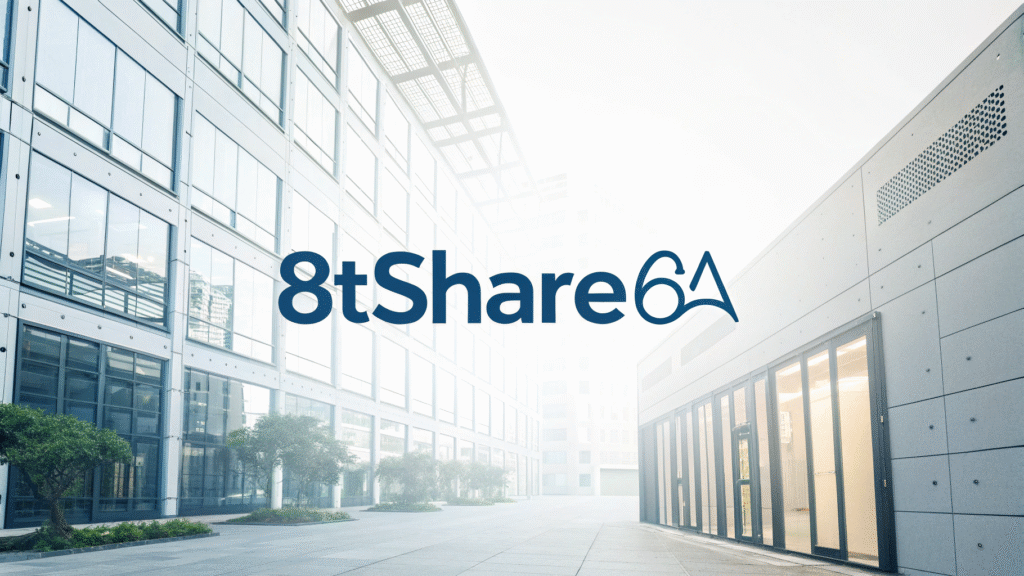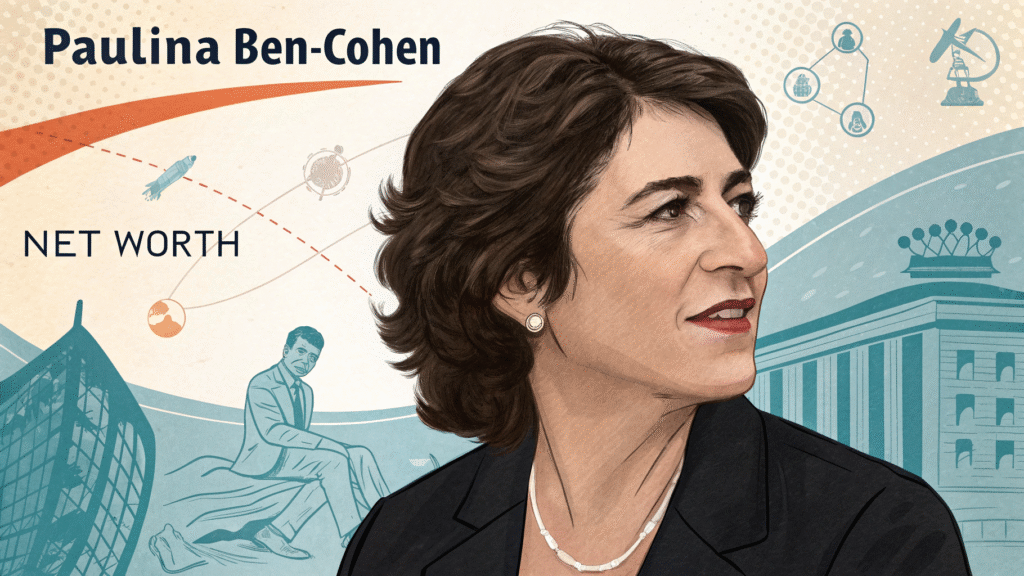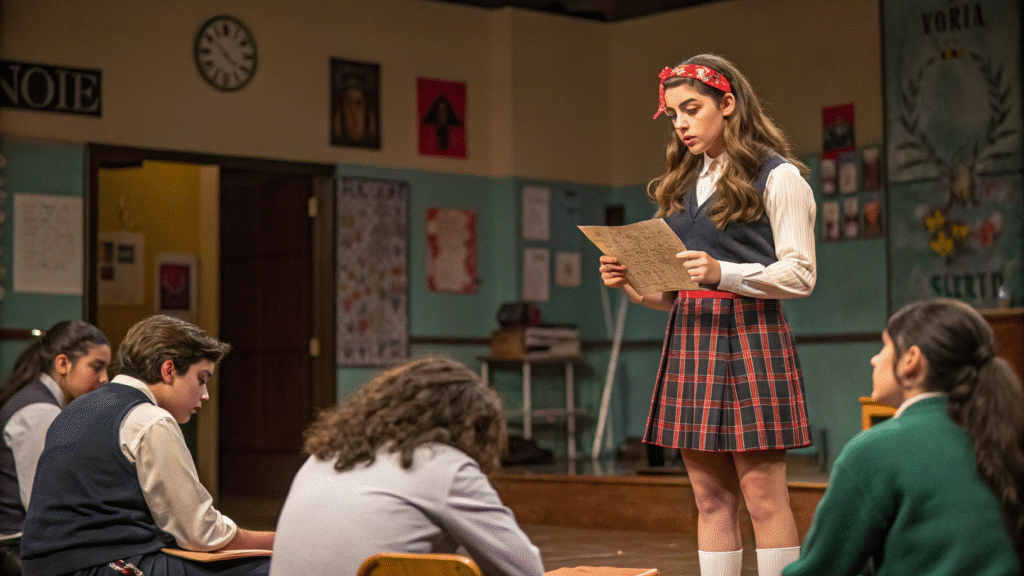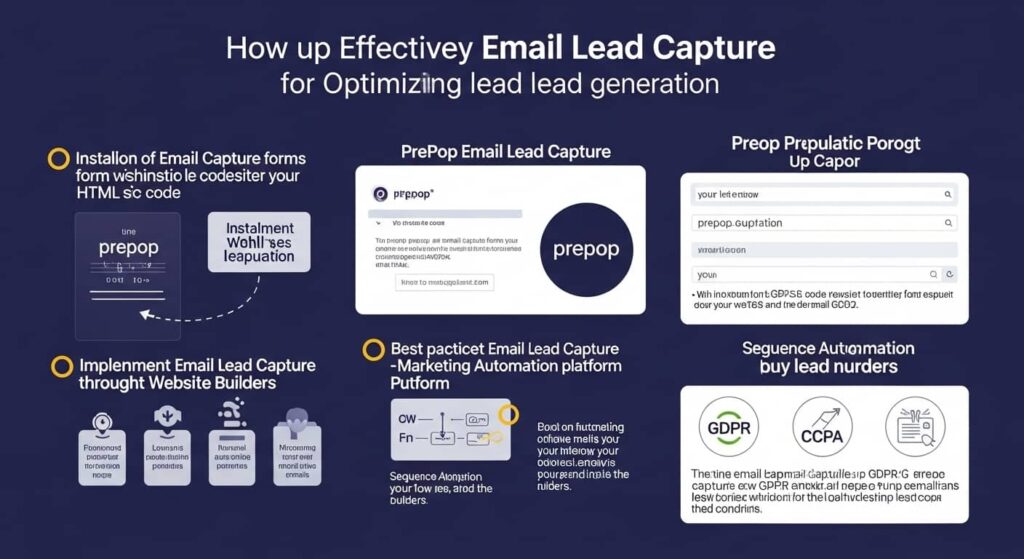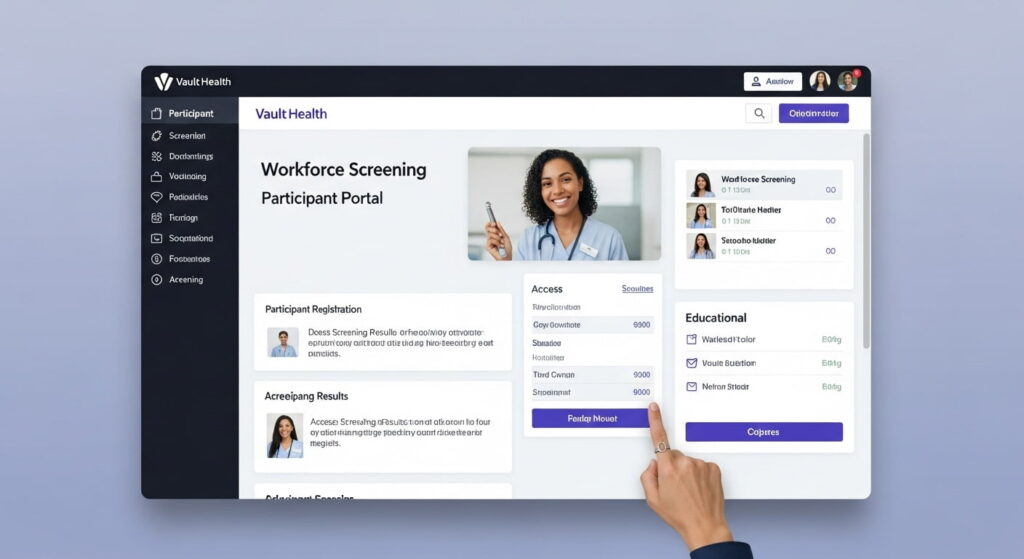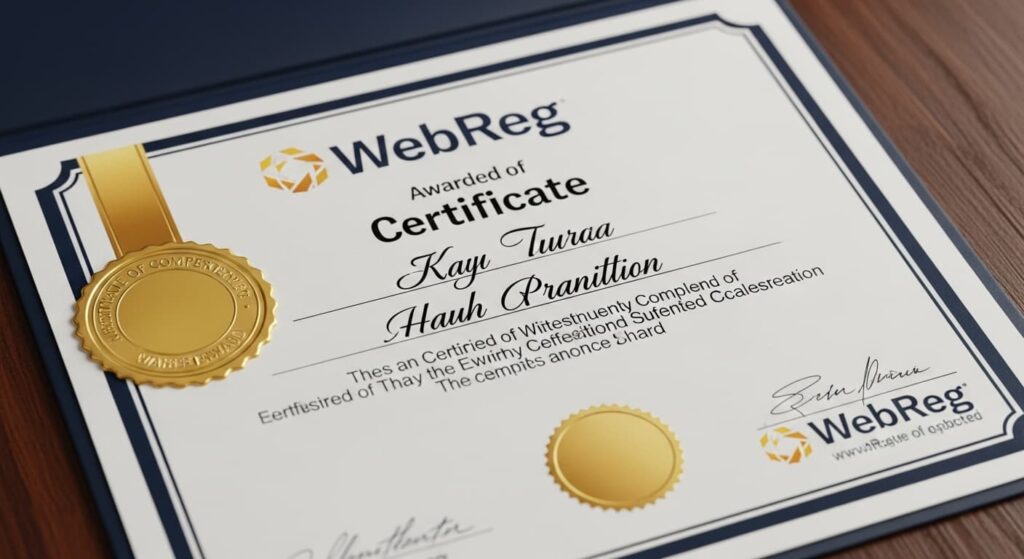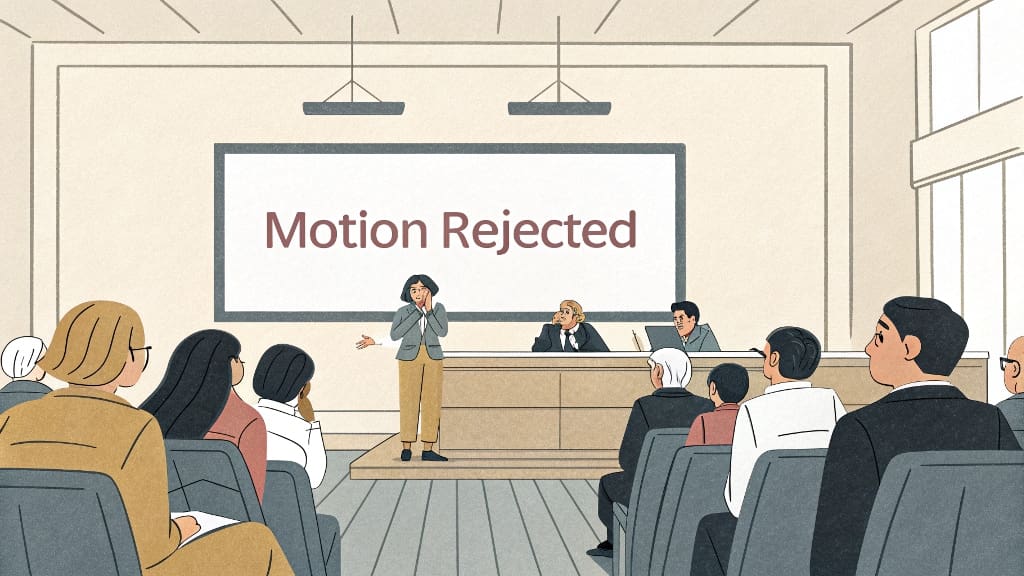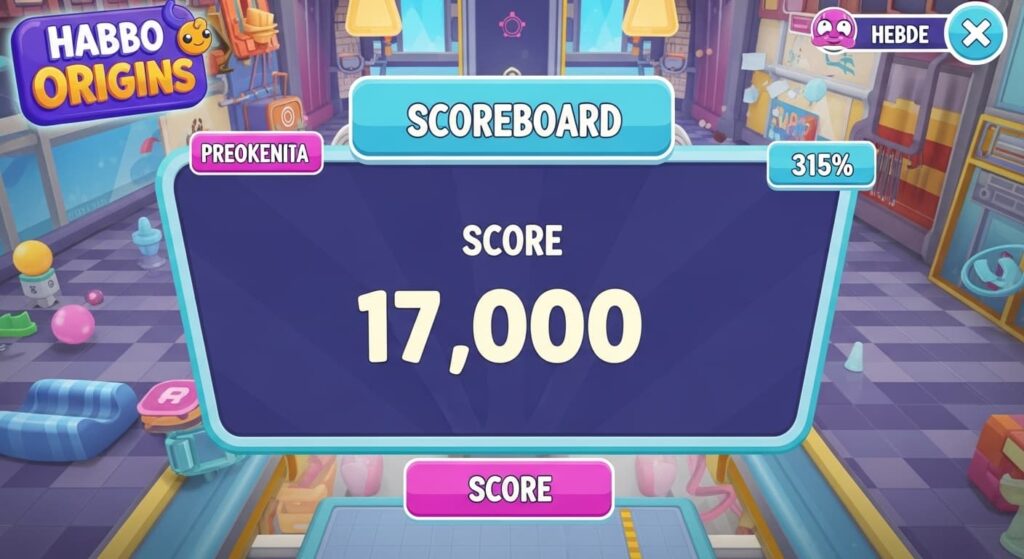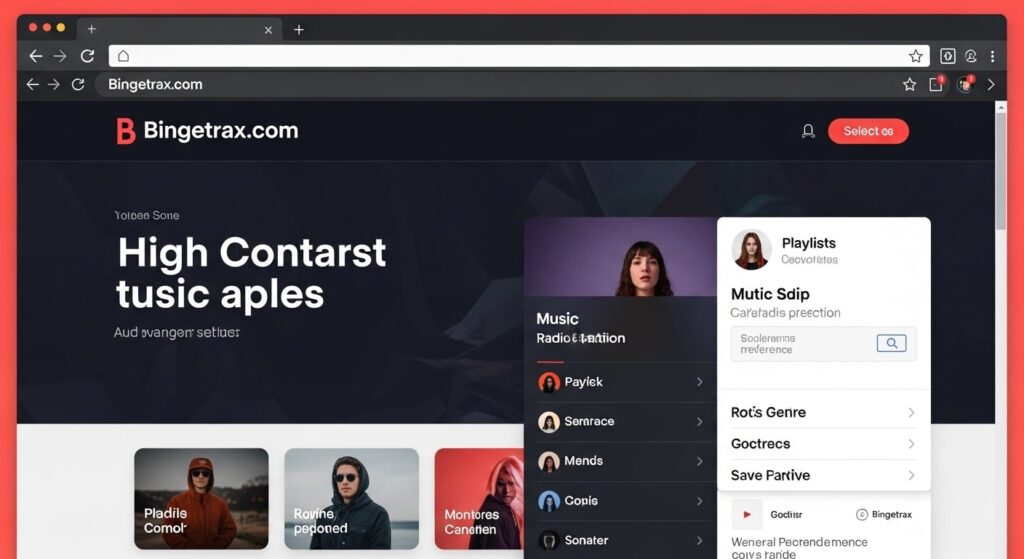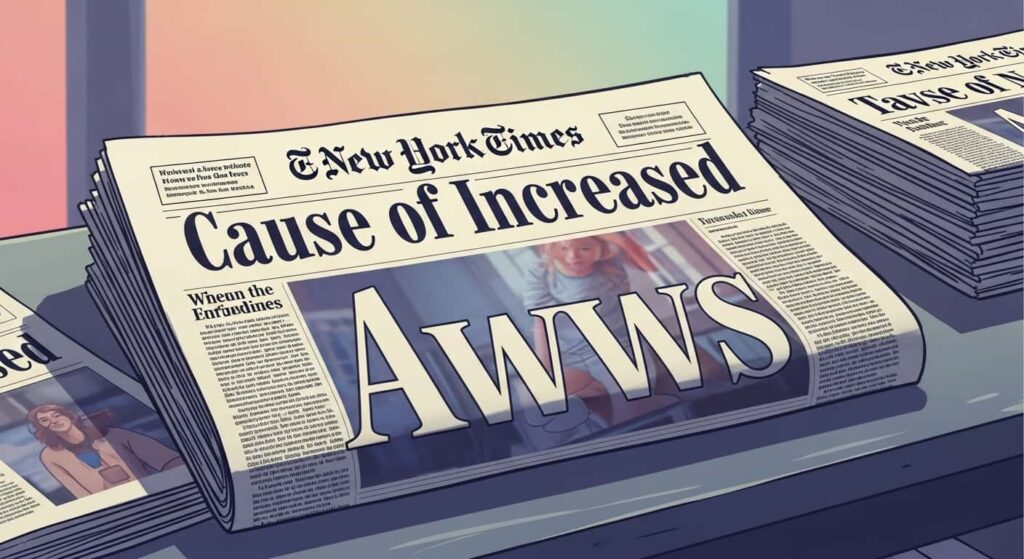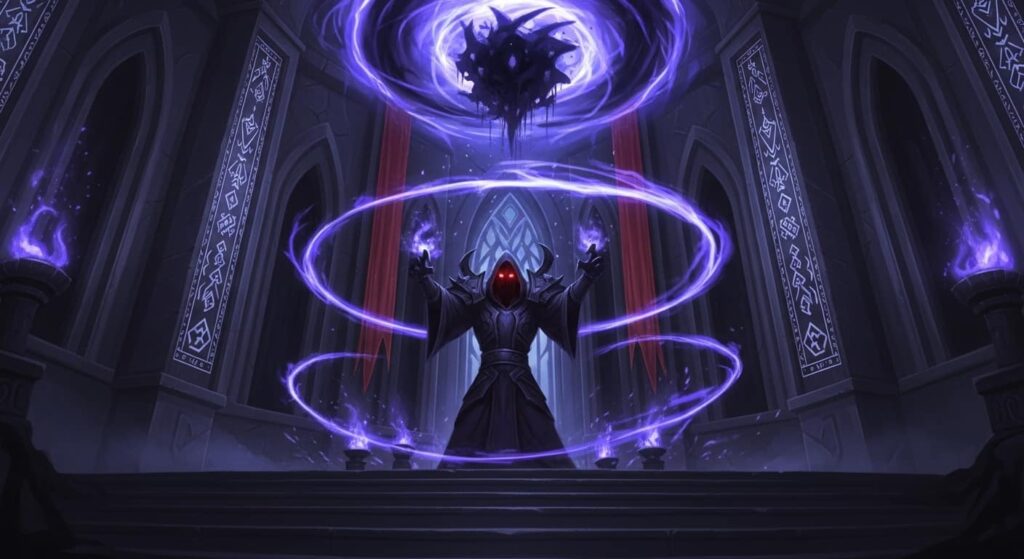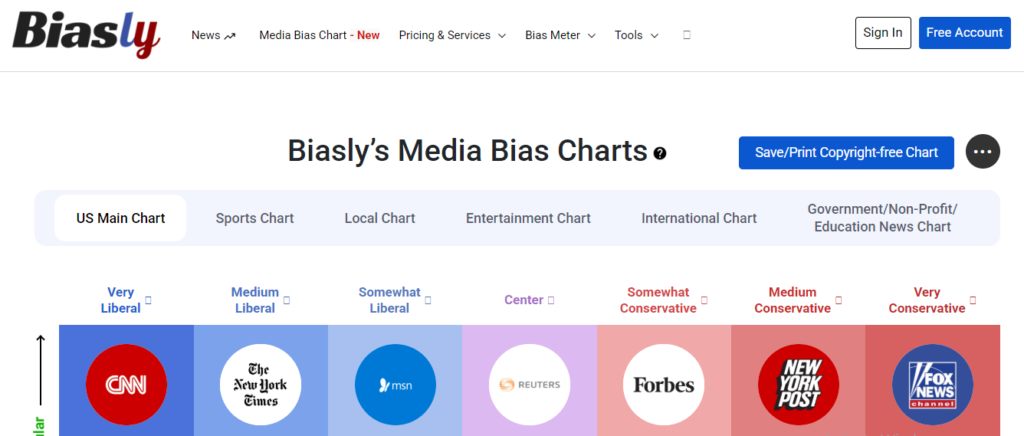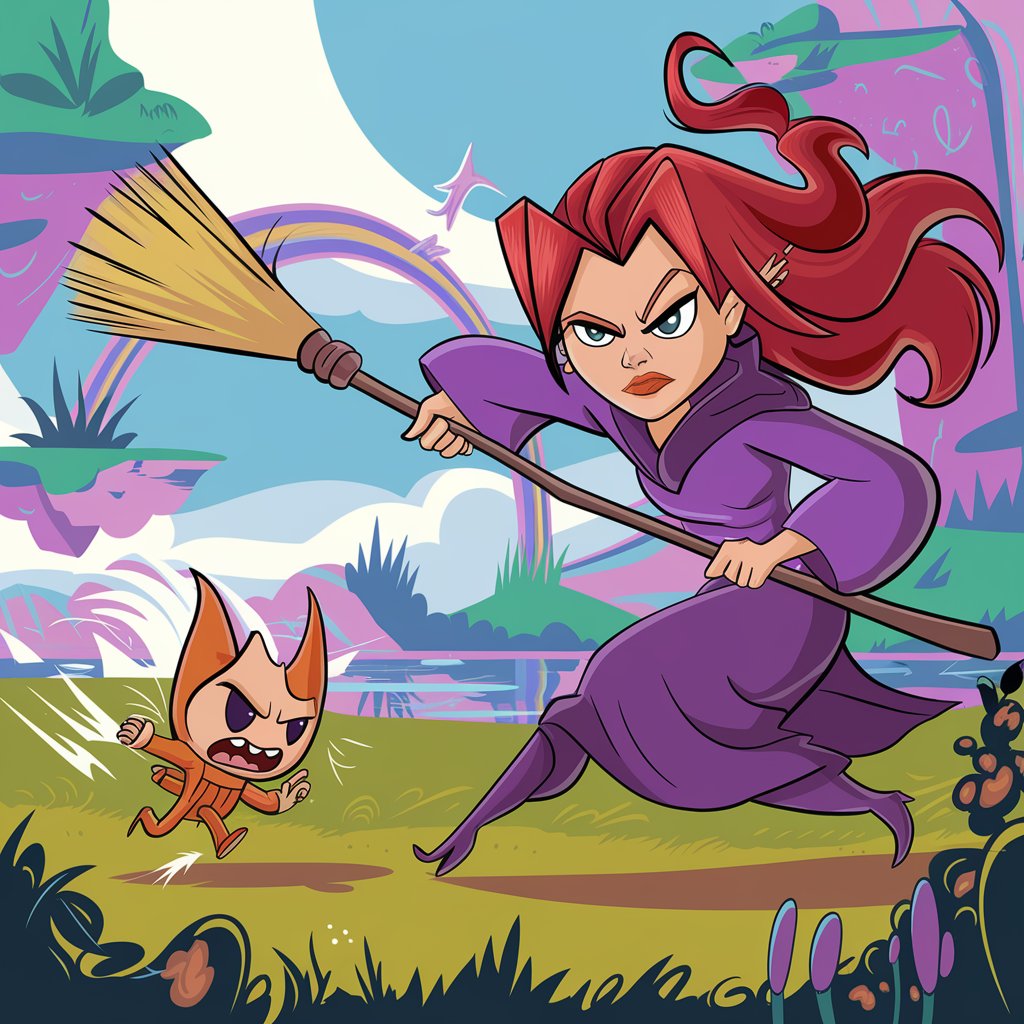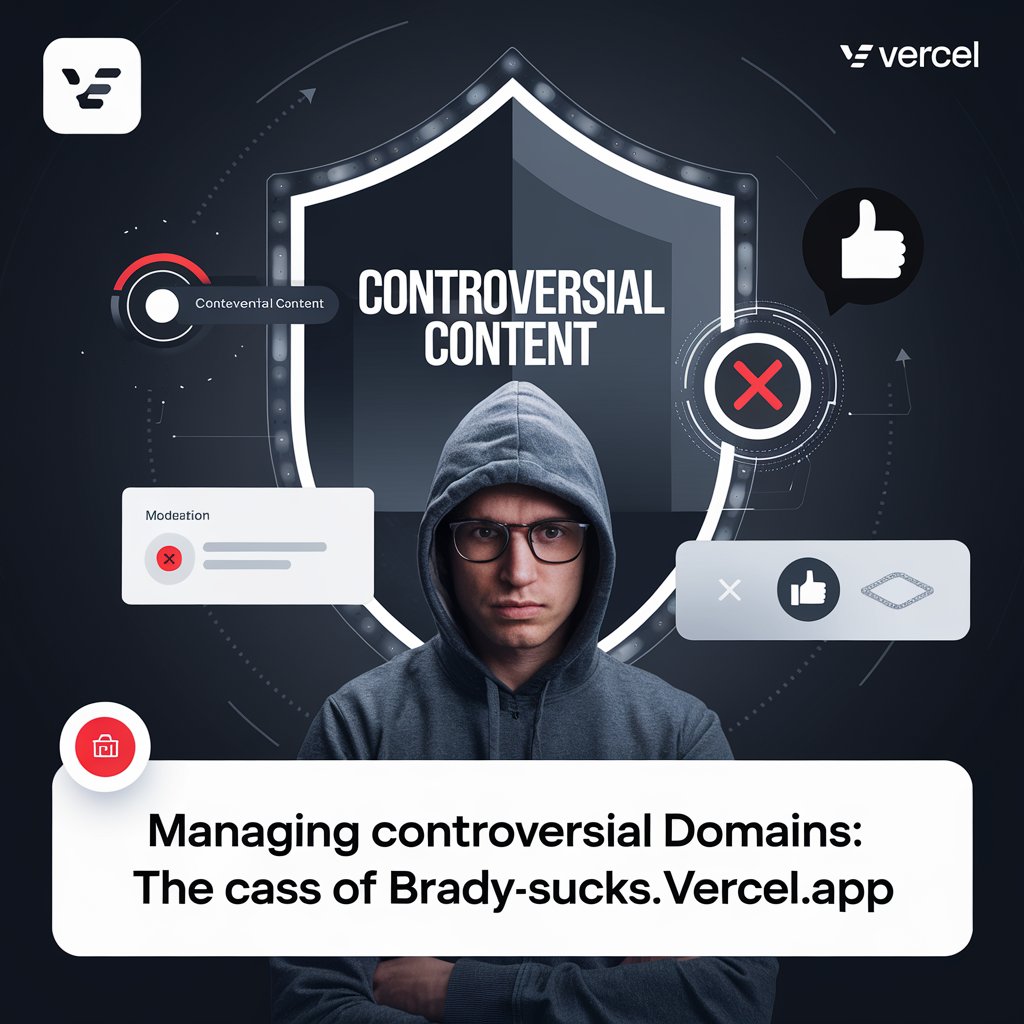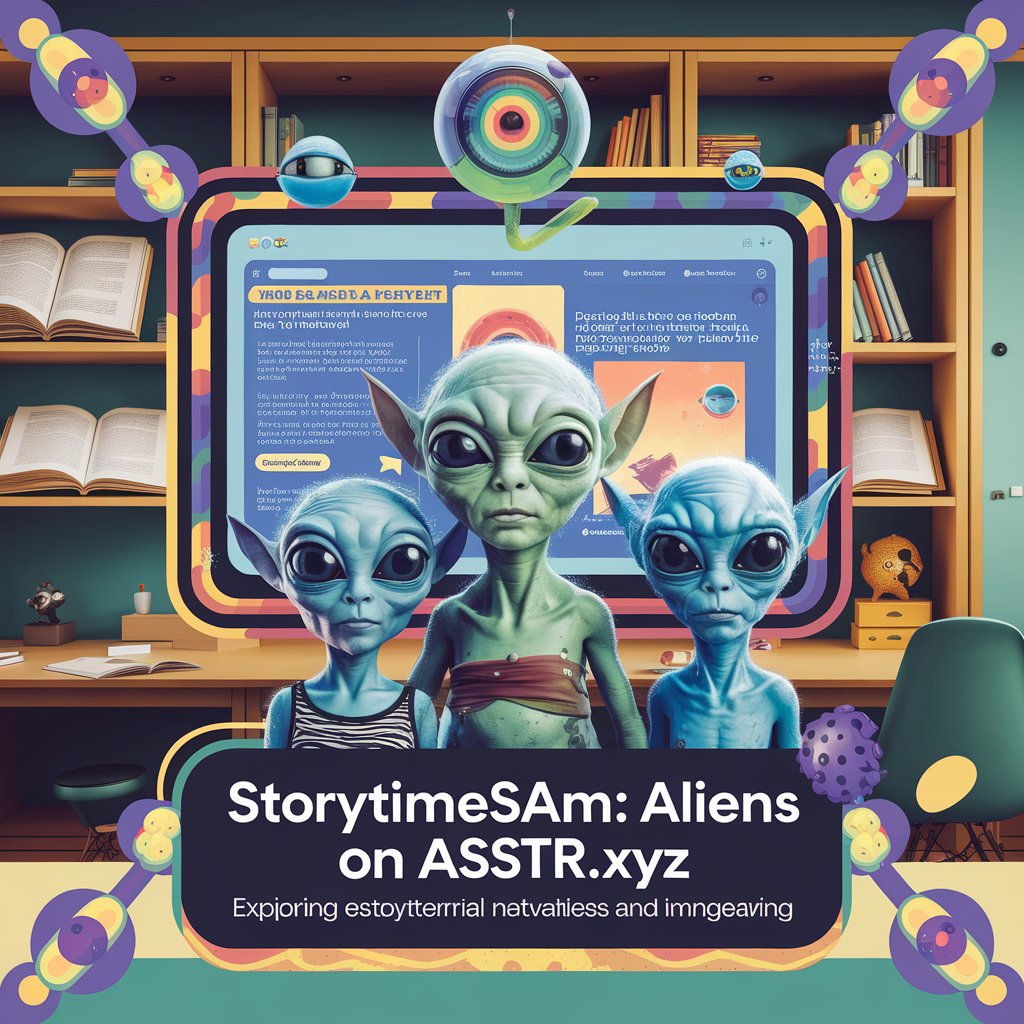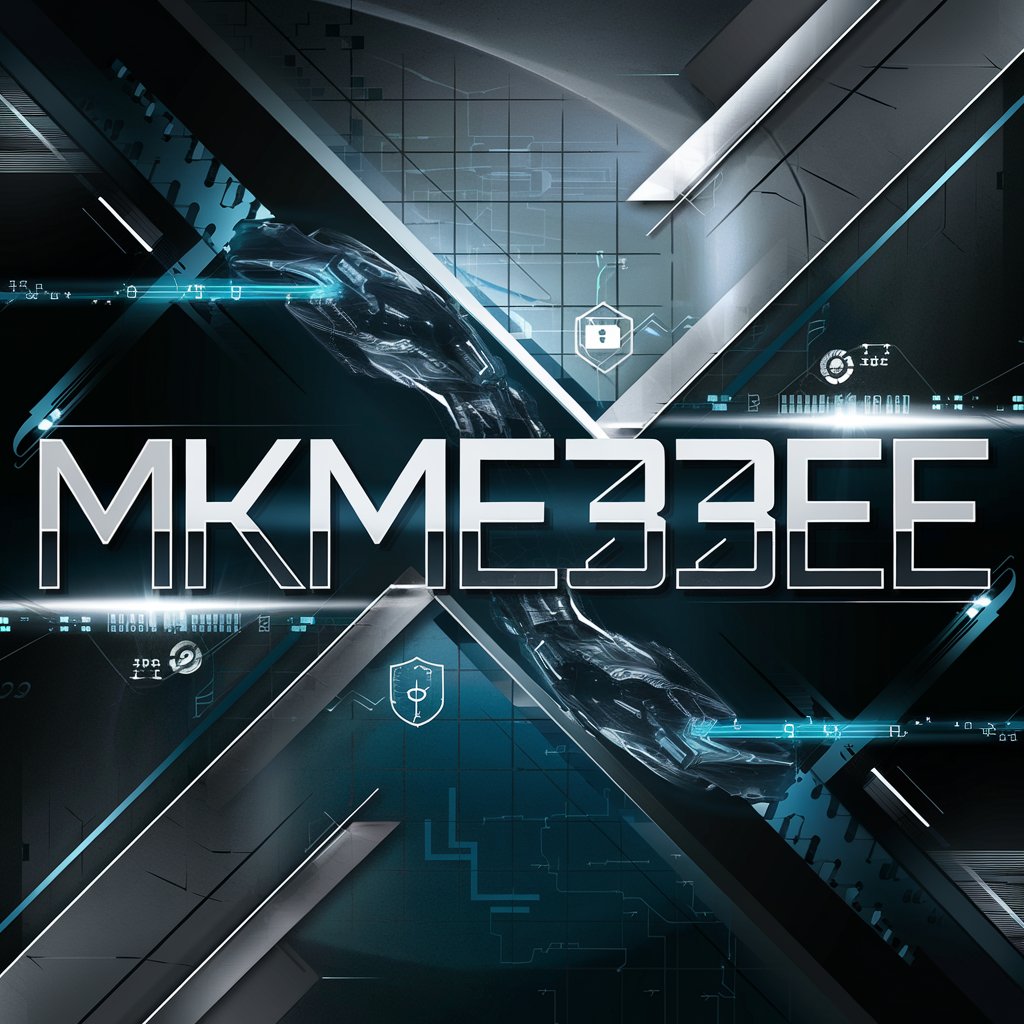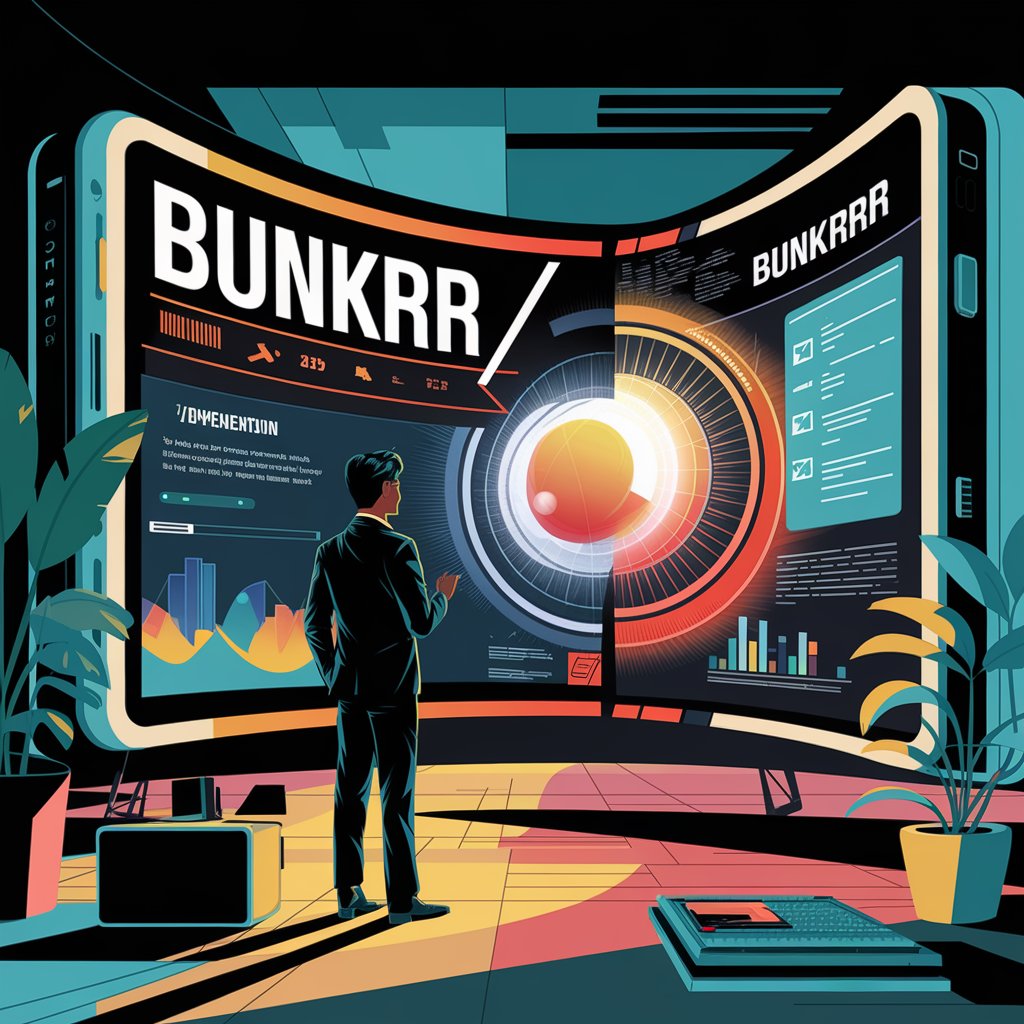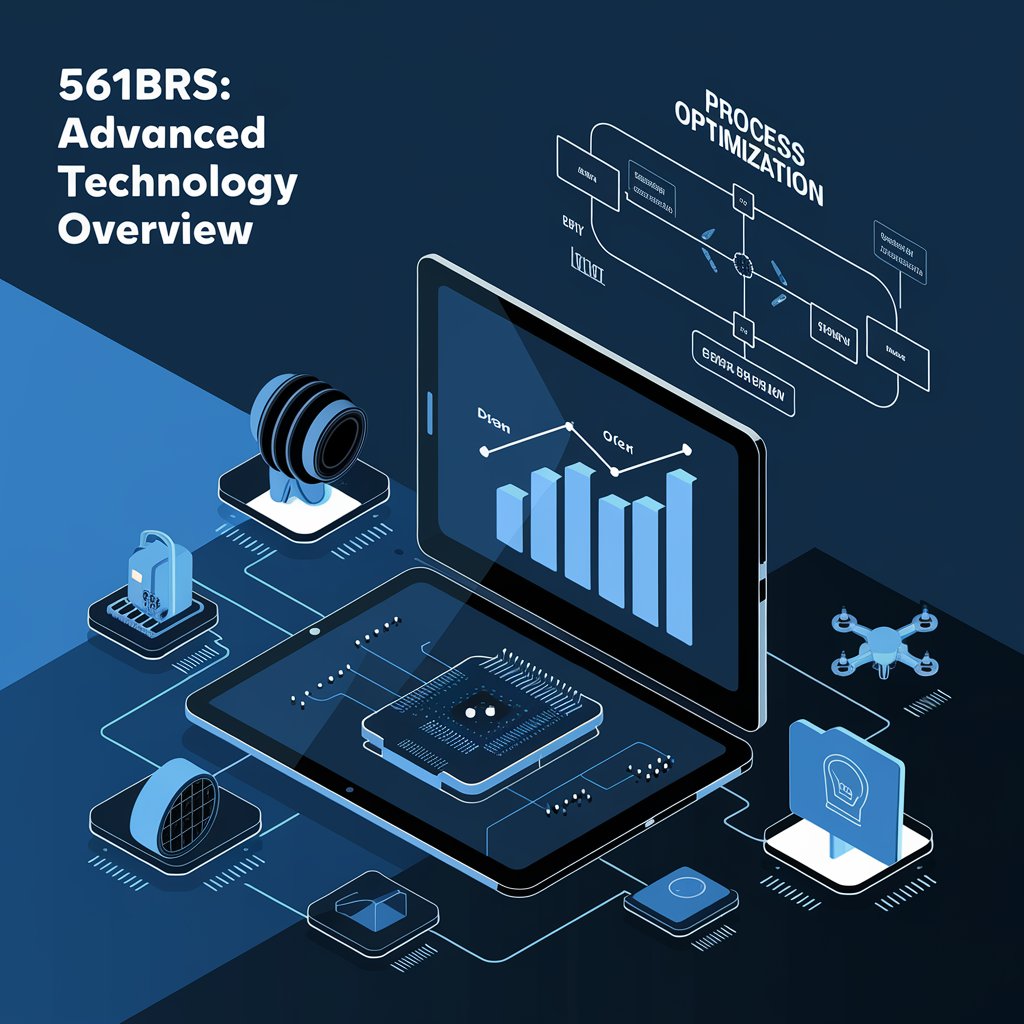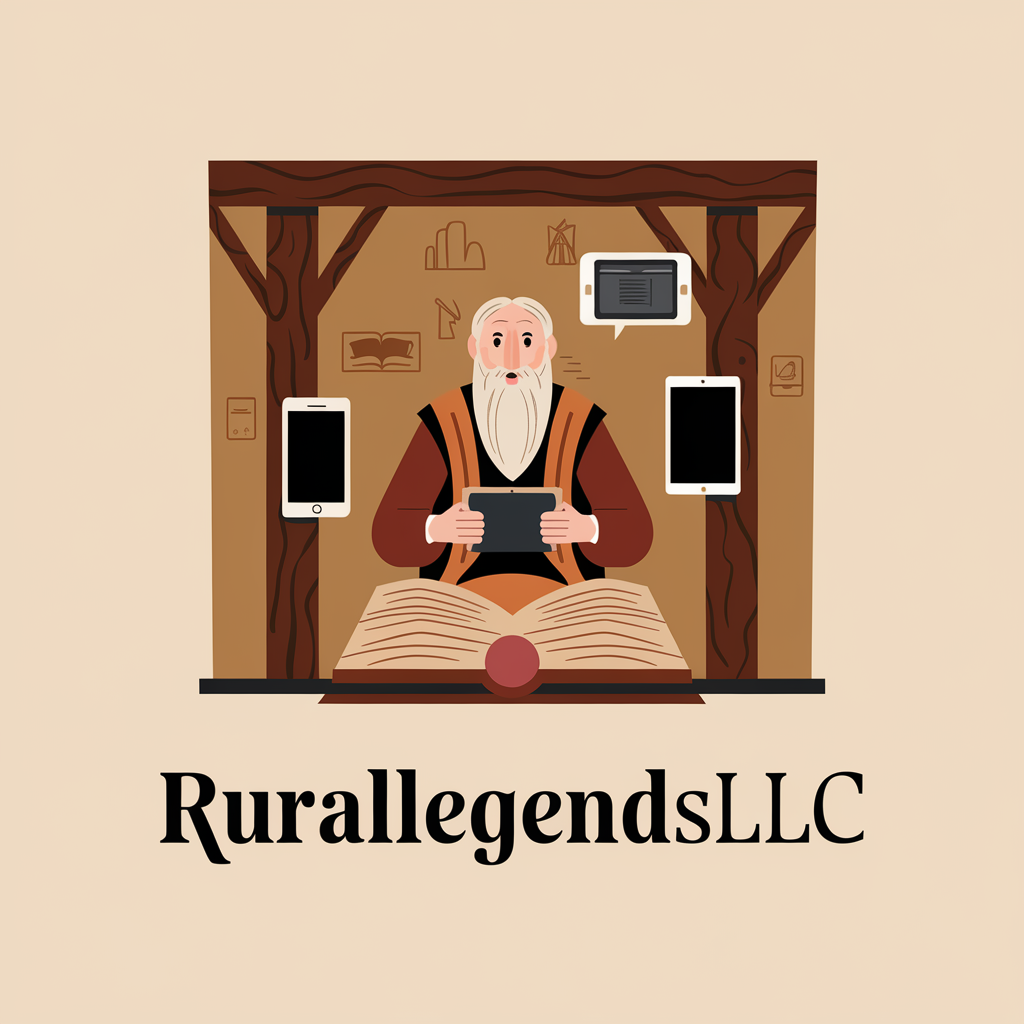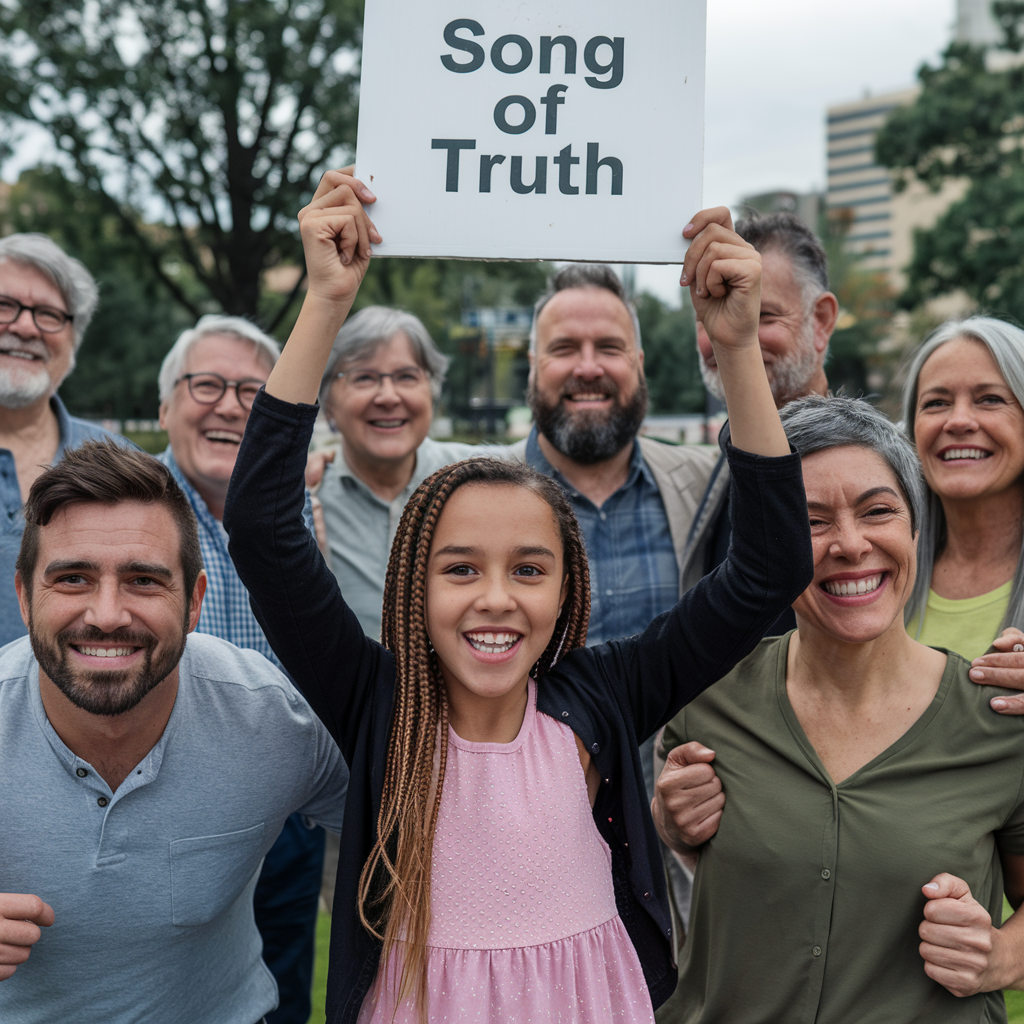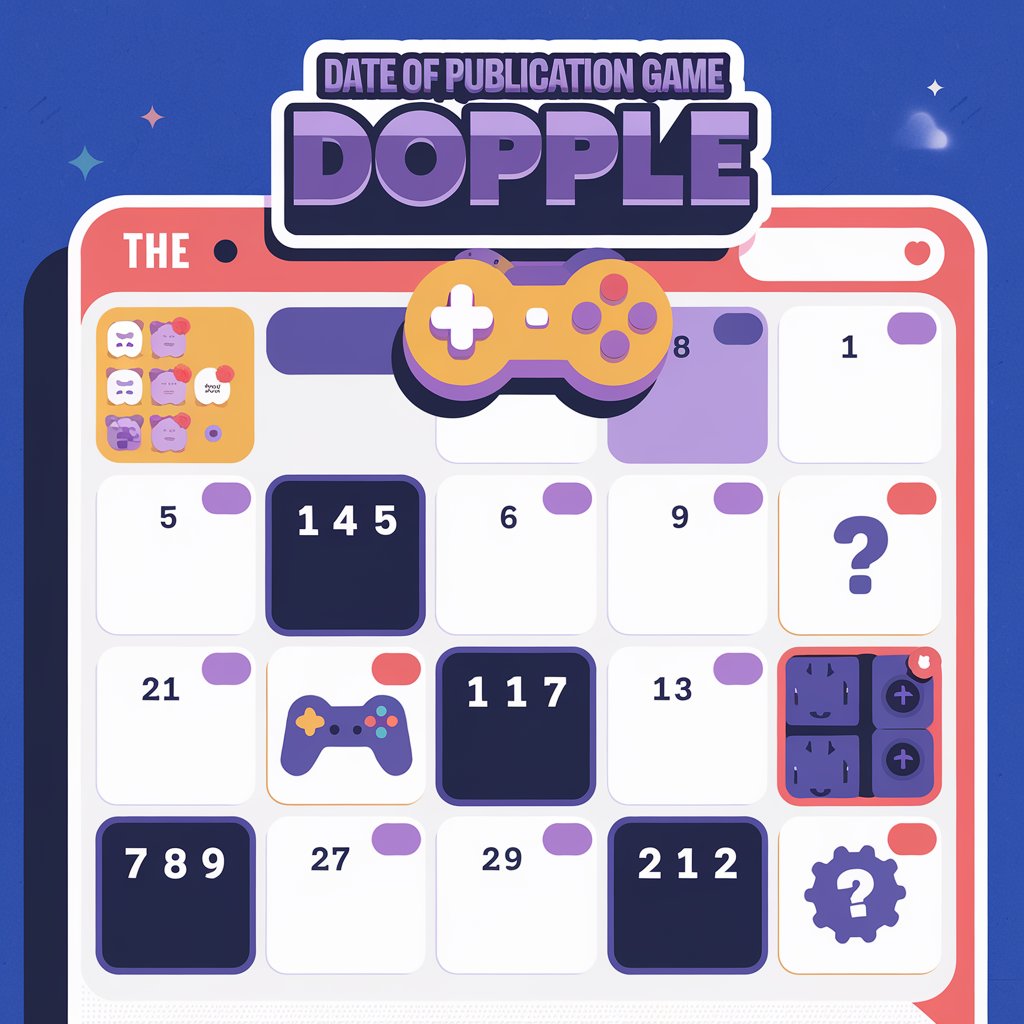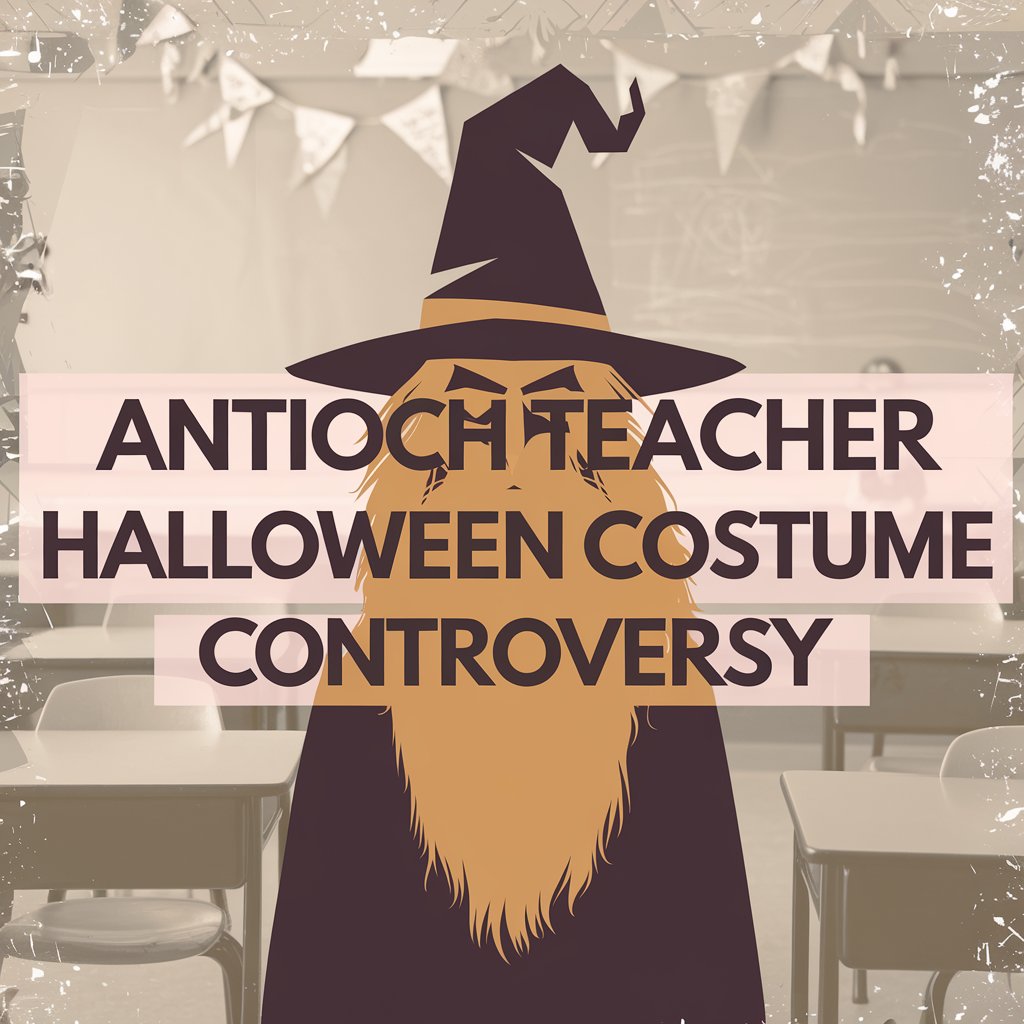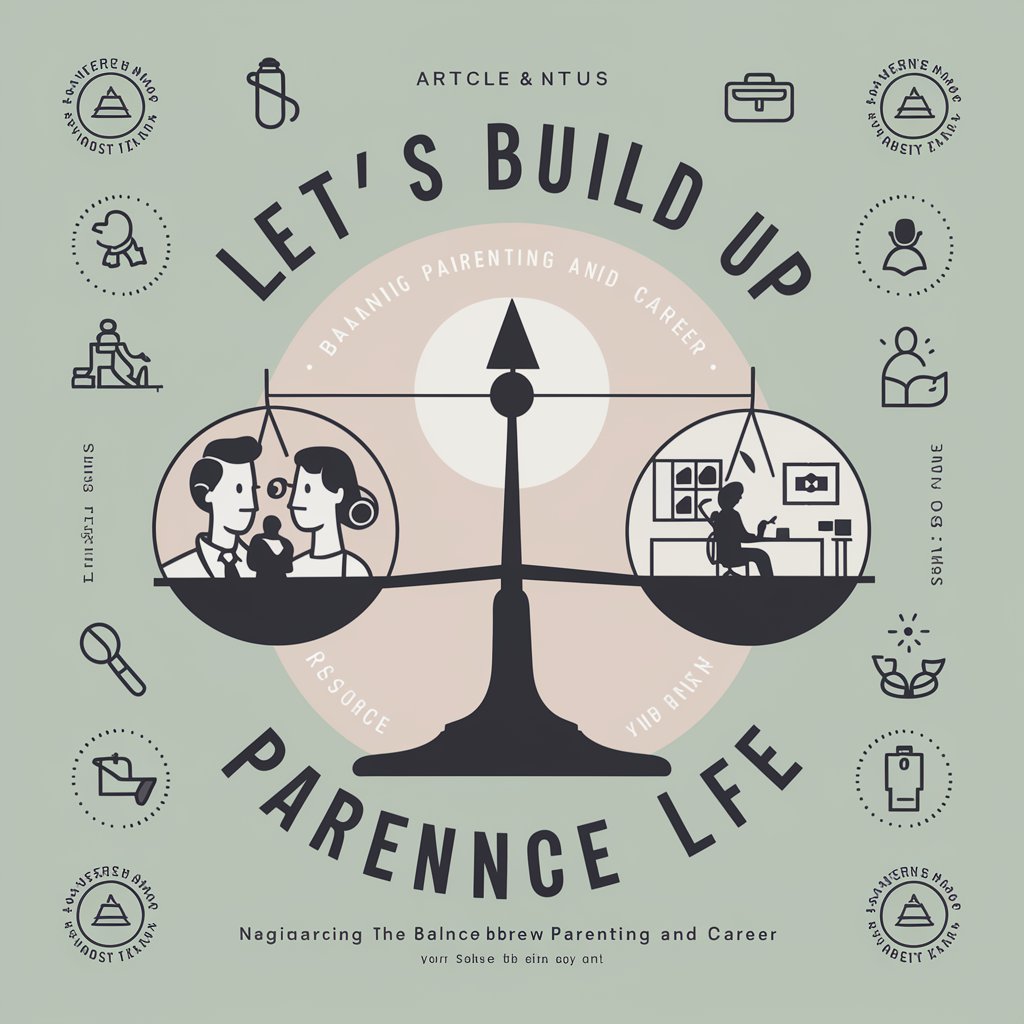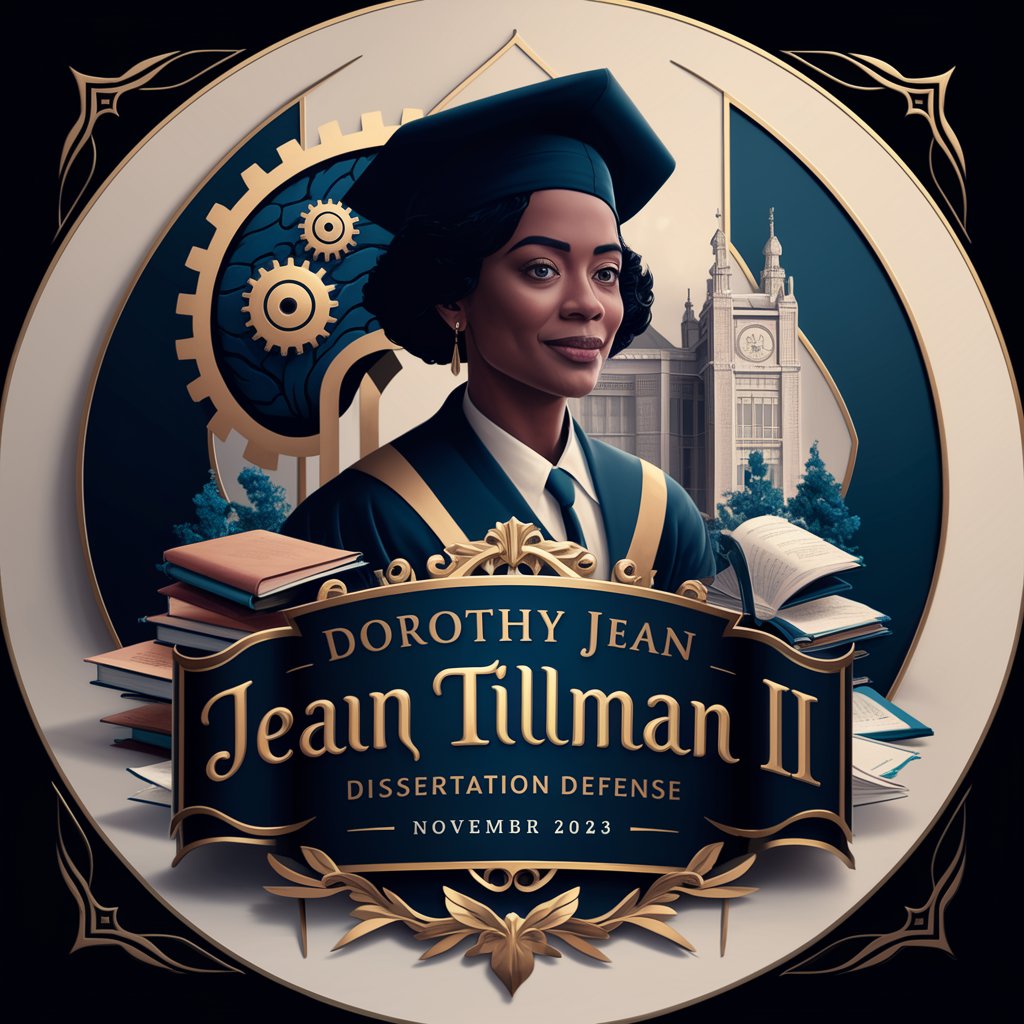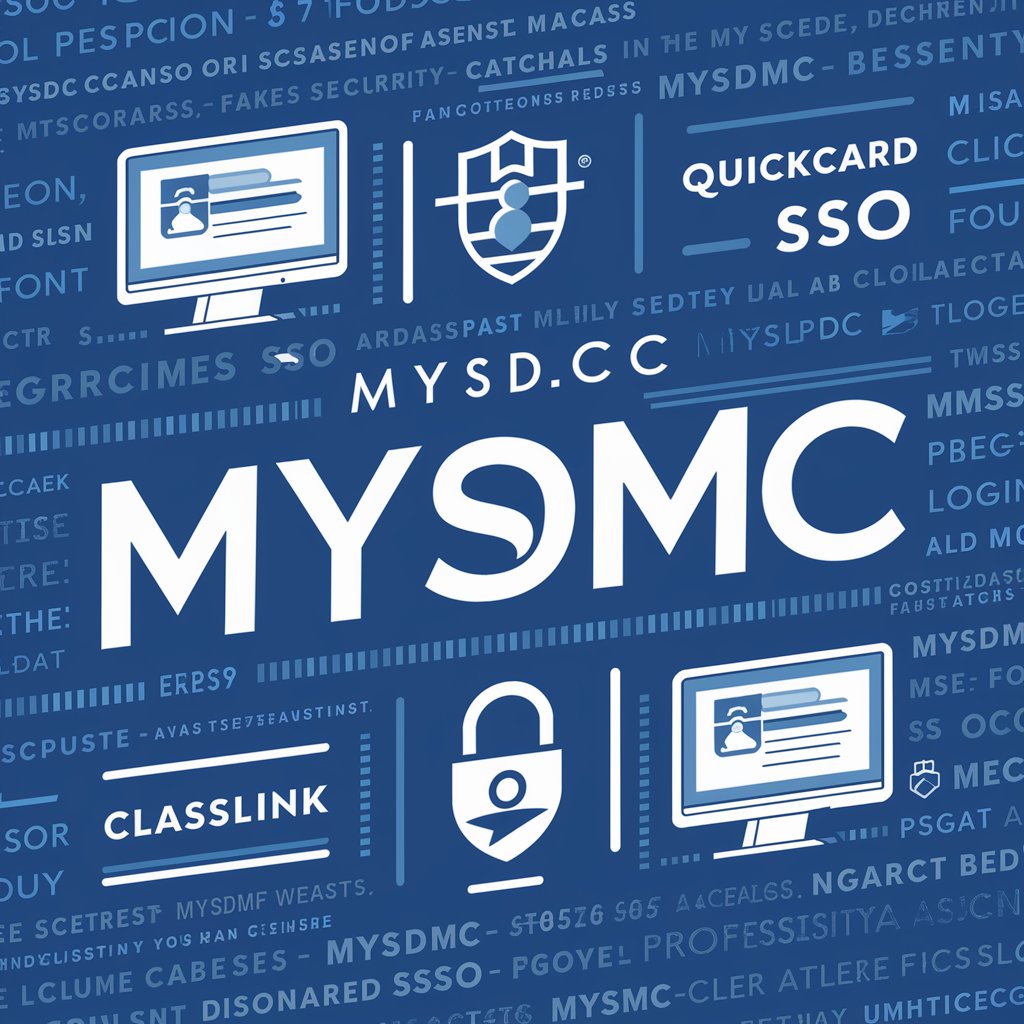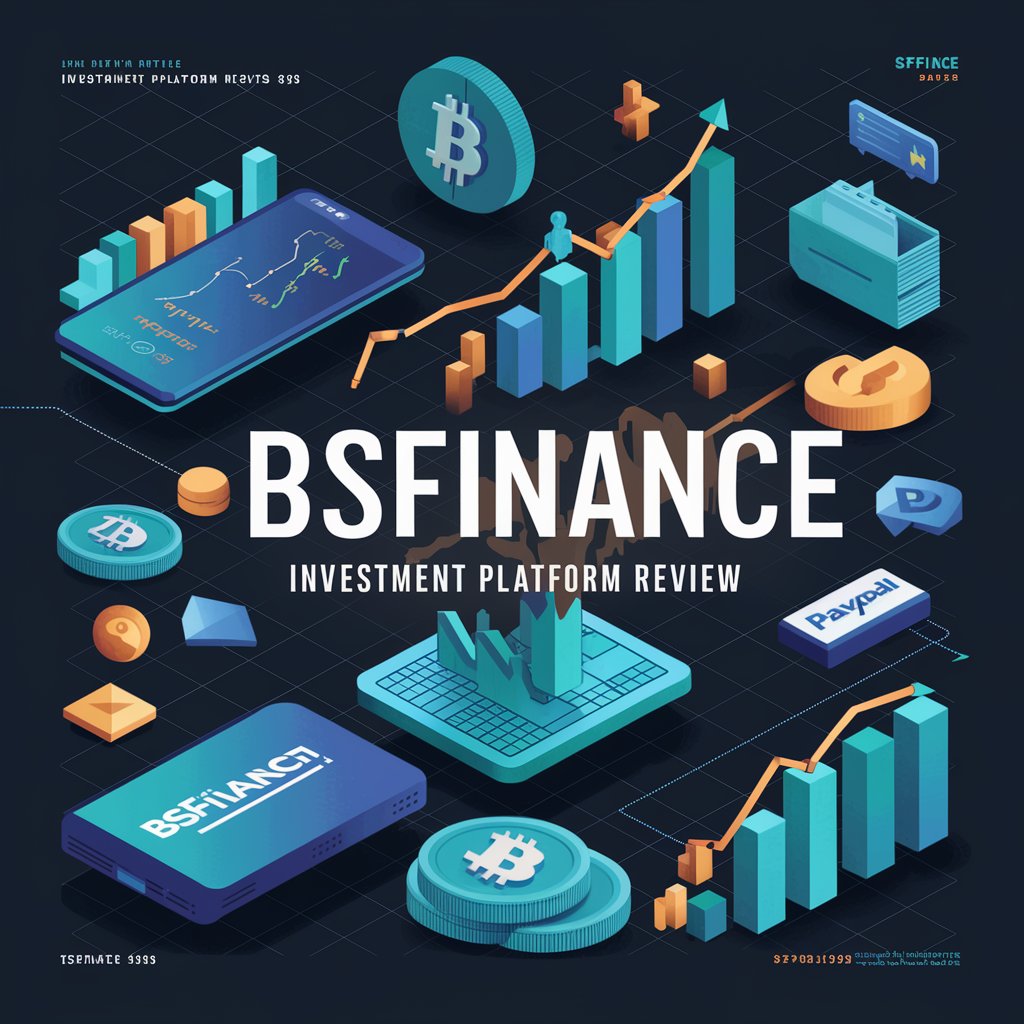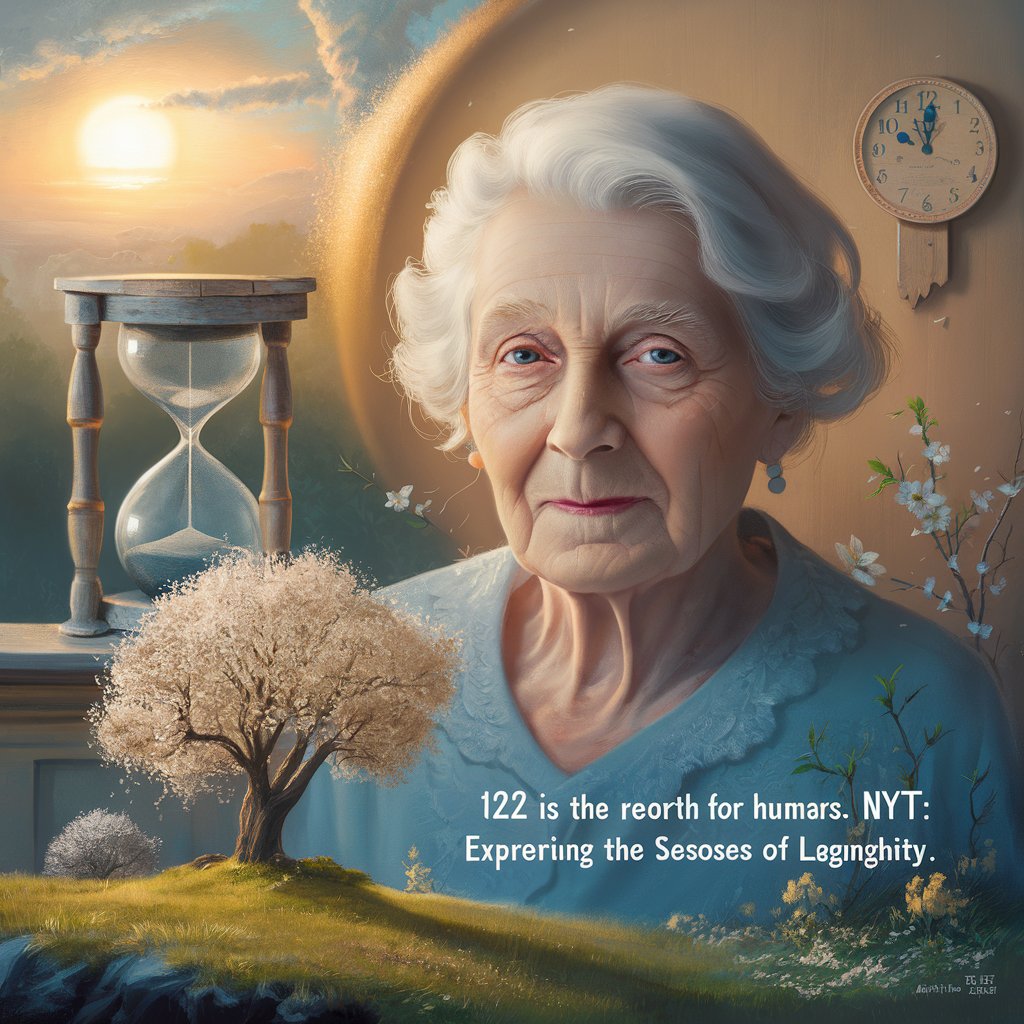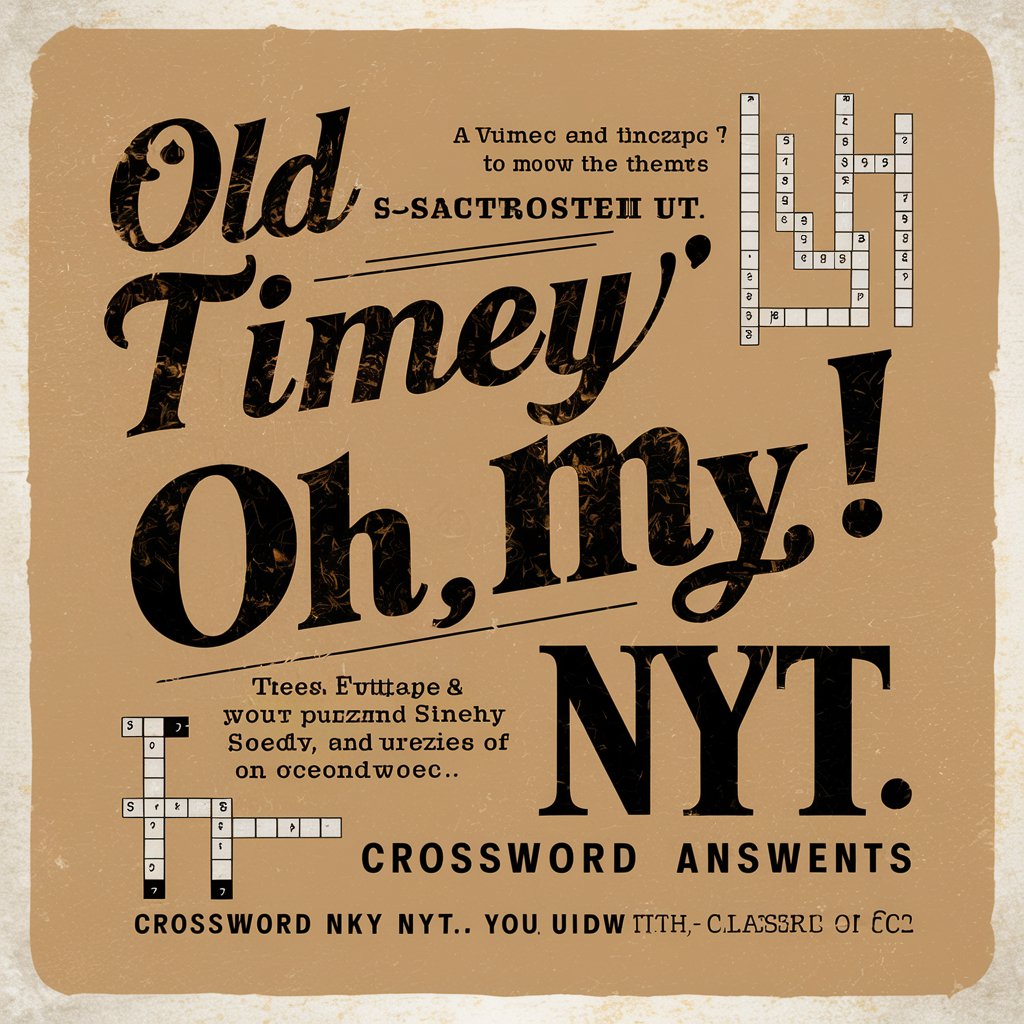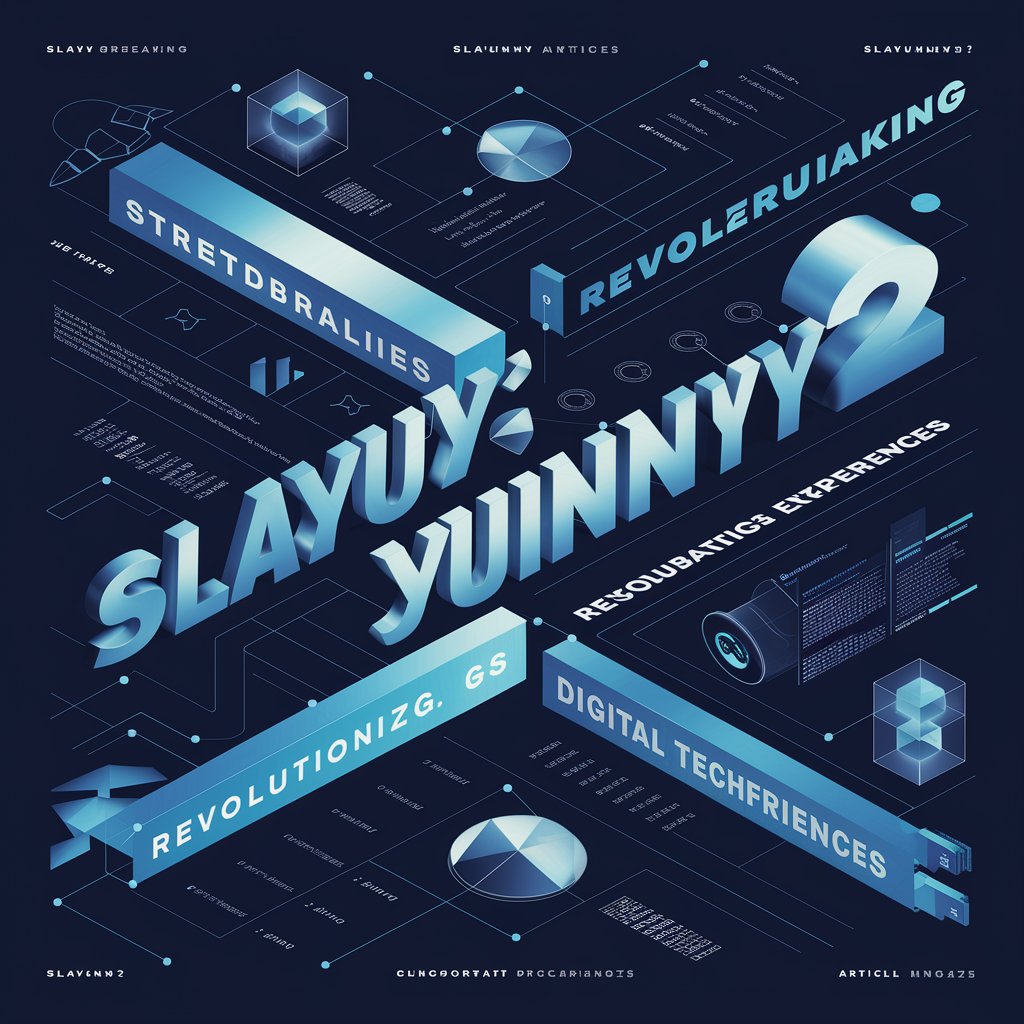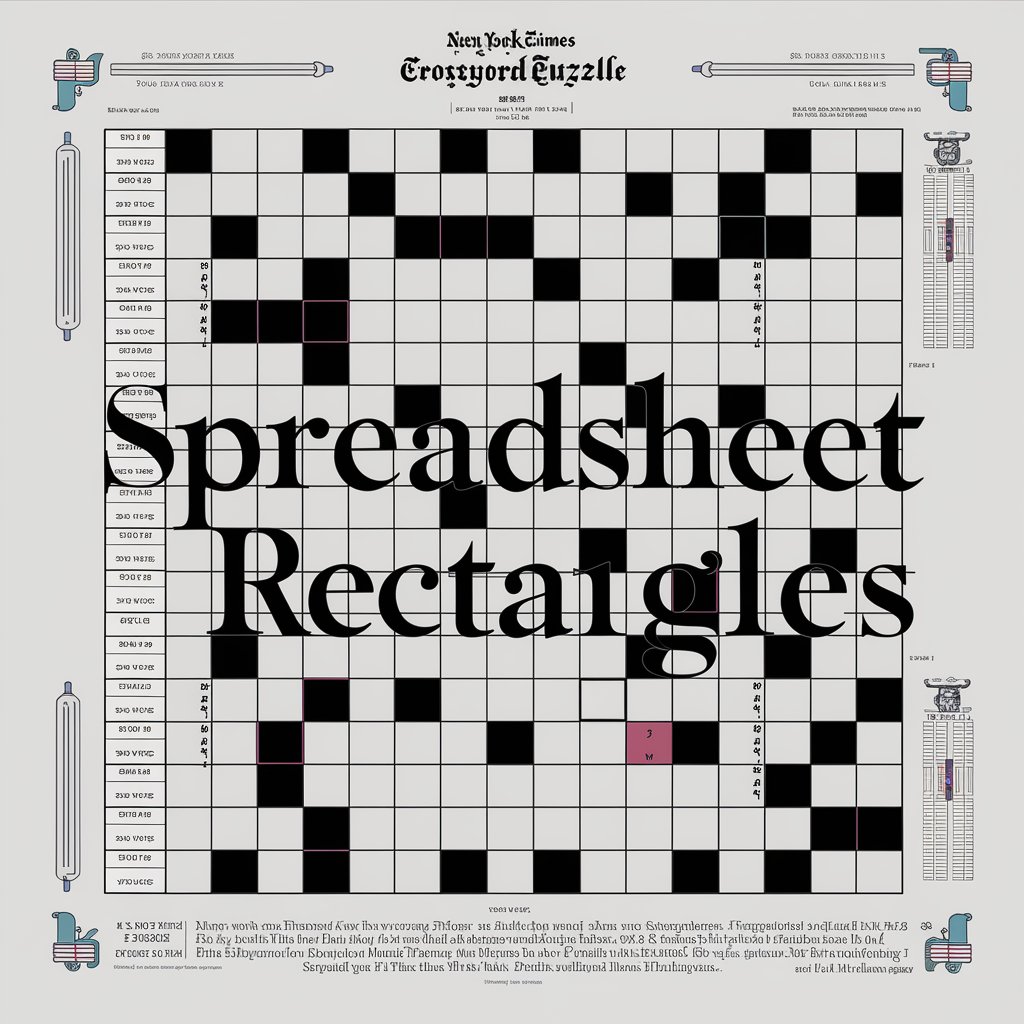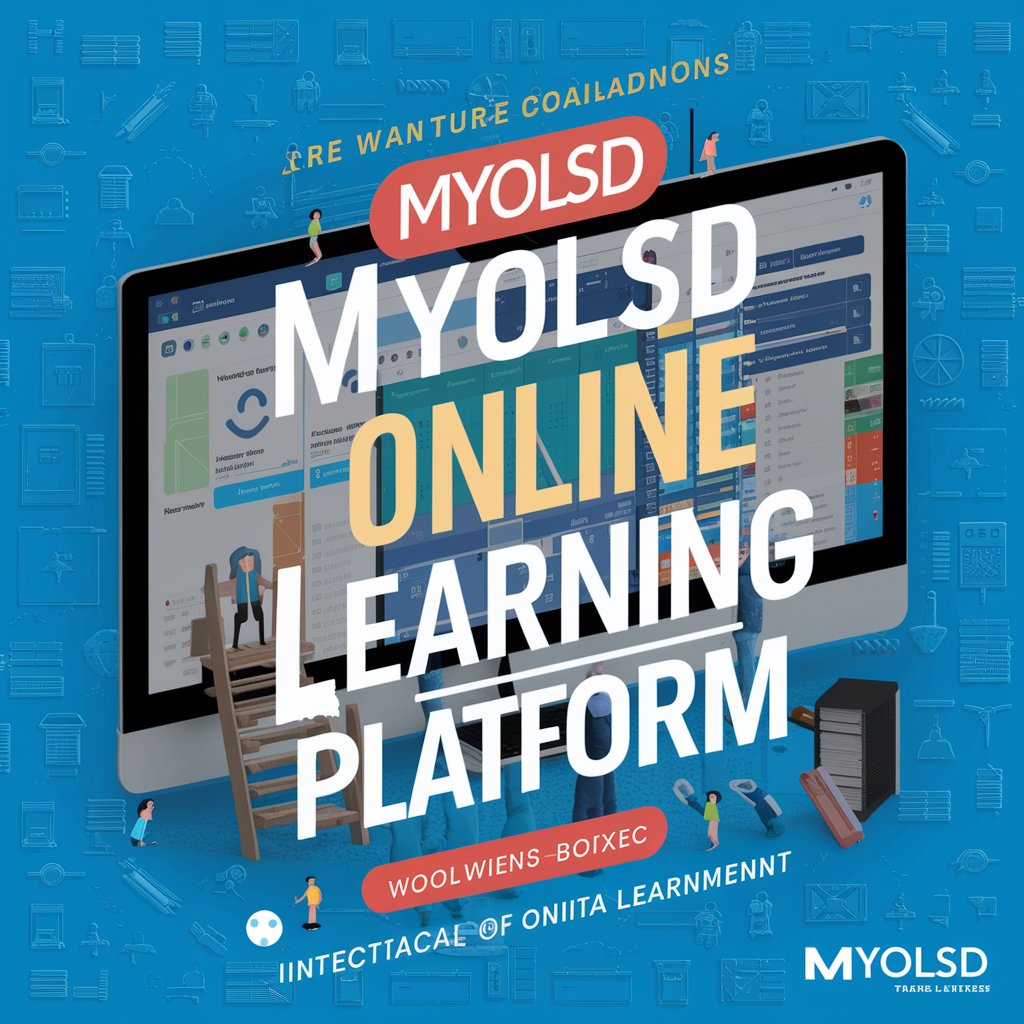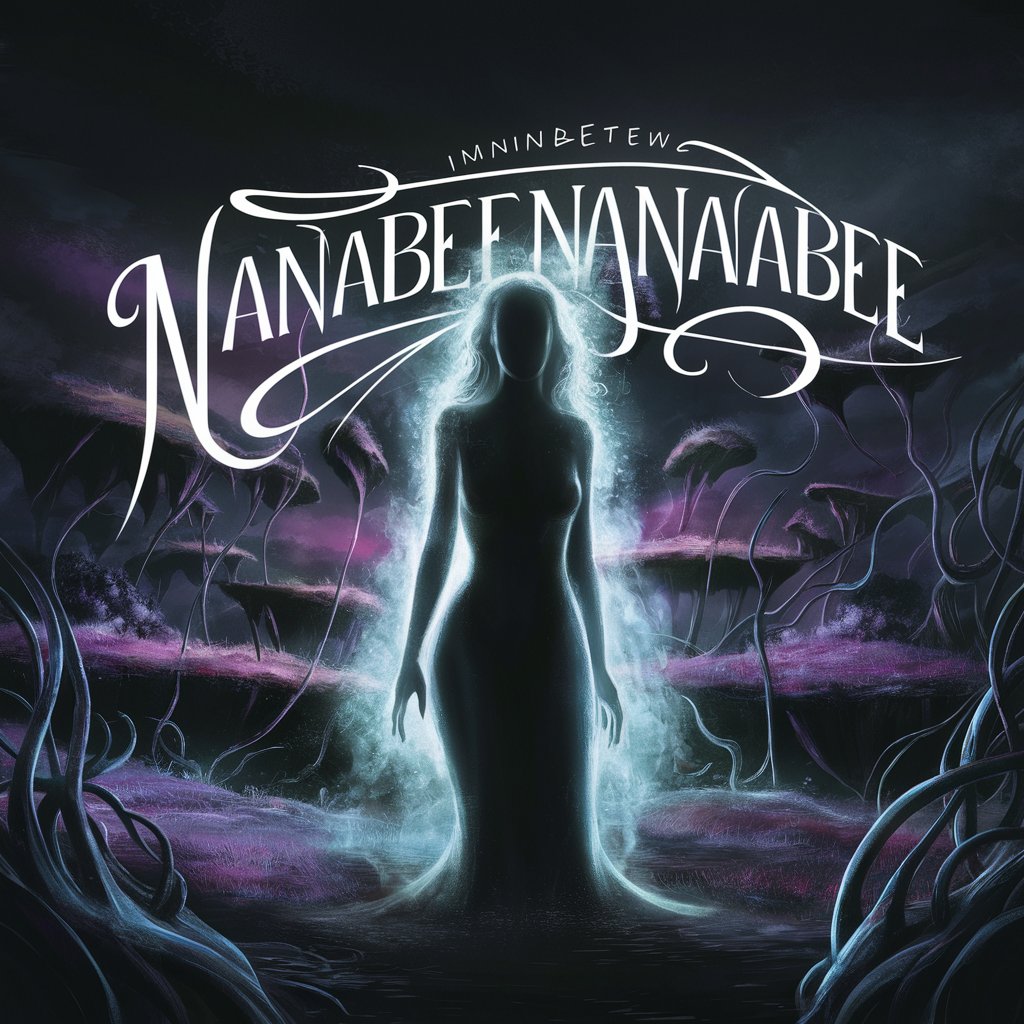What happens when a motion is rejected by KVIE

What Does ‘Motion Rejected’ Mean at KVIE?
KVIE, like many media organizations, receives various motions or formal proposals from different individuals or groups. These motions could be related to programming, internal operations, public service efforts, or board-level governance. What happens when a motion is rejected by KVIE. Not all motions are accepted, and when one is rejected, it’s usually because it did not meet certain criteria or failed to receive enough support during the voting process.
Each motion is reviewed by the appropriate board or decision-making body within KVIE. The review process may involve examining the motion’s objectives, budget impact, and alignment with the station’s mission. Sometimes, motions are rejected because they duplicate existing efforts, go beyond available resources, or conflict with organizational values.
While rejection may seem final, it often leads to new conversations, revised proposals, or deeper community discussions. People who care about public media, transparency, and civic involvement can learn a lot by following how these motions are handled.
How Motions Are Submitted to Media Boards
KVIE, like many media organizations, receives various motions or formal proposals from different individuals or groups. These motions could be related to programming, internal operations, public service efforts, or board-level governance. Not all motions are accepted, and when one is rejected, it’s usually because it did not meet certain criteria or failed to receive enough support during the voting process.
Each motion is reviewed by the appropriate board or decision-making body within KVIE. The review process may involve examining the motion’s objectives, budget impact, and alignment with the station’s mission. Sometimes, motions are rejected because they duplicate existing efforts, go beyond available resources, or conflict with organizational values.
While rejection may seem final, it often leads to new conversations, revised proposals, or deeper community discussions. People who care about public media, transparency, and civic involvement can learn a lot by following how these motions are handled.
Who Can Propose a Motion to KVIE?
KVIE, like many media organizations, receives various motions or formal proposals from different individuals or groups. These motions could be related to programming, internal operations, public service efforts, or board-level governance. Not all motions are accepted, and when one is rejected, it’s usually because it did not meet certain criteria or failed to receive enough support during the voting process.
Each motion is reviewed by the appropriate board or decision-making body within KVIE. The review process may involve examining the motion’s objectives, budget impact, and alignment with the station’s mission. Sometimes, motions are rejected because they duplicate existing efforts, go beyond available resources, or conflict with organizational values.
While rejection may seem final, it often leads to new conversations, revised proposals, or deeper community discussions. People who care about public media, transparency, and civic involvement can learn a lot by following how these motions are handled.
Why a Motion Might Be Rejected by KVIE
KVIE, like many media organizations, receives various motions or formal proposals from different individuals or groups. These motions could be related to programming, internal operations, public service efforts, or board-level governance. Not all motions are accepted, and when one is rejected, it’s usually because it did not meet certain criteria or failed to receive enough support during the voting process.
Each motion is reviewed by the appropriate board or decision-making body within KVIE. The review process may involve examining the motion’s objectives, budget impact, and alignment with the station’s mission. Sometimes, motions are rejected because they duplicate existing efforts, go beyond available resources, or conflict with organizational values.
While rejection may seem final, it often leads to new conversations, revised proposals, or deeper community discussions. People who care about public media, transparency, and civic involvement can learn a lot by following how these motions are handled.
Examples of Commonly Rejected Motions
KVIE, like many media organizations, receives various motions or formal proposals from different individuals or groups. These motions could be related to programming, internal operations, public service efforts, or board-level governance. Not all motions are accepted, and when one is rejected, it’s usually because it did not meet certain criteria or failed to receive enough support during the voting process.
Each motion is reviewed by the appropriate board or decision-making body within KVIE. The review process may involve examining the motion’s objectives, budget impact, and alignment with the station’s mission. Sometimes, motions are rejected because they duplicate existing efforts, go beyond available resources, or conflict with organizational values.
While rejection may seem final, it often leads to new conversations, revised proposals, or deeper community discussions. People who care about public media, transparency, and civic involvement can learn a lot by following how these motions are handled.
The Role of Public Input in Motion Outcomes
KVIE, like many media organizations, receives various motions or formal proposals from different individuals or groups. These motions could be related to programming, internal operations, public service efforts, or board-level governance. Not all motions are accepted, and when one is rejected, it’s usually because it did not meet certain criteria or failed to receive enough support during the voting process.
Each motion is reviewed by the appropriate board or decision-making body within KVIE. The review process may involve examining the motion’s objectives, budget impact, and alignment with the station’s mission. Sometimes, motions are rejected because they duplicate existing efforts, go beyond available resources, or conflict with organizational values.
While rejection may seem final, it often leads to new conversations, revised proposals, or deeper community discussions. People who care about public media, transparency, and civic involvement can learn a lot by following how these motions are handled.
Understanding the Voting Process Behind Motions
KVIE, like many media organizations, receives various motions or formal proposals from different individuals or groups. These motions could be related to programming, internal operations, public service efforts, or board-level governance. Not all motions are accepted, and when one is rejected, it’s usually because it did not meet certain criteria or failed to receive enough support during the voting process.
Each motion is reviewed by the appropriate board or decision-making body within KVIE. The review process may involve examining the motion’s objectives, budget impact, and alignment with the station’s mission. Sometimes, motions are rejected because they duplicate existing efforts, go beyond available resources, or conflict with organizational values.
While rejection may seem final, it often leads to new conversations, revised proposals, or deeper community discussions. People who care about public media, transparency, and civic involvement can learn a lot by following how these motions are handled.
Transparency in KVIE’s Decision-Making
KVIE, like many media organizations, receives various motions or formal proposals from different individuals or groups. These motions could be related to programming, internal operations, public service efforts, or board-level governance. Not all motions are accepted, and when one is rejected, it’s usually because it did not meet certain criteria or failed to receive enough support during the voting process.
Each motion is reviewed by the appropriate board or decision-making body within KVIE. The review process may involve examining the motion’s objectives, budget impact, and alignment with the station’s mission. Sometimes, motions are rejected because they duplicate existing efforts, go beyond available resources, or conflict with organizational values.
While rejection may seem final, it often leads to new conversations, revised proposals, or deeper community discussions. People who care about public media, transparency, and civic involvement can learn a lot by following how these motions are handled.
How Rejected Motions Are Communicated
KVIE, like many media organizations, receives various motions or formal proposals from different individuals or groups. These motions could be related to programming, internal operations, public service efforts, or board-level governance. Not all motions are accepted, and when one is rejected, it’s usually because it did not meet certain criteria or failed to receive enough support during the voting process.
Each motion is reviewed by the appropriate board or decision-making body within KVIE. The review process may involve examining the motion’s objectives, budget impact, and alignment with the station’s mission. Sometimes, motions are rejected because they duplicate existing efforts, go beyond available resources, or conflict with organizational values.
While rejection may seem final, it often leads to new conversations, revised proposals, or deeper community discussions. People who care about public media, transparency, and civic involvement can learn a lot by following how these motions are handled.
How the Public Responds to Rejected Motions
KVIE, like many media organizations, receives various motions or formal proposals from different individuals or groups. These motions could be related to programming, internal operations, public service efforts, or board-level governance. Not all motions are accepted, and when one is rejected, it’s usually because it did not meet certain criteria or failed to receive enough support during the voting process.
Each motion is reviewed by the appropriate board or decision-making body within KVIE. The review process may involve examining the motion’s objectives, budget impact, and alignment with the station’s mission. Sometimes, motions are rejected because they duplicate existing efforts, go beyond available resources, or conflict with organizational values.
While rejection may seem final, it often leads to new conversations, revised proposals, or deeper community discussions. People who care about public media, transparency, and civic involvement can learn a lot by following how these motions are handled.
Re-submitting a Rejected Motion at KVIE
KVIE, like many media organizations, receives various motions or formal proposals from different individuals or groups. These motions could be related to programming, internal operations, public service efforts, or board-level governance. Not all motions are accepted, and when one is rejected, it’s usually because it did not meet certain criteria or failed to receive enough support during the voting process.
Each motion is reviewed by the appropriate board or decision-making body within KVIE. The review process may involve examining the motion’s objectives, budget impact, and alignment with the station’s mission. Sometimes, motions are rejected because they duplicate existing efforts, go beyond available resources, or conflict with organizational values.
While rejection may seem final, it often leads to new conversations, revised proposals, or deeper community discussions. People who care about public media, transparency, and civic involvement can learn a lot by following how these motions are handled.
The Impact of a Rejected Motion on Policy
KVIE, like many media organizations, receives various motions or formal proposals from different individuals or groups. These motions could be related to programming, internal operations, public service efforts, or board-level governance. Not all motions are accepted, and when one is rejected, it’s usually because it did not meet certain criteria or failed to receive enough support during the voting process.
Each motion is reviewed by the appropriate board or decision-making body within KVIE. The review process may involve examining the motion’s objectives, budget impact, and alignment with the station’s mission. Sometimes, motions are rejected because they duplicate existing efforts, go beyond available resources, or conflict with organizational values.
While rejection may seem final, it often leads to new conversations, revised proposals, or deeper community discussions. People who care about public media, transparency, and civic involvement can learn a lot by following how these motions are handled.
Rejected Programming Requests and Viewer Feedback
KVIE, like many media organizations, receives various motions or formal proposals from different individuals or groups. These motions could be related to programming, internal operations, public service efforts, or board-level governance. Not all motions are accepted, and when one is rejected, it’s usually because it did not meet certain criteria or failed to receive enough support during the voting process.
Each motion is reviewed by the appropriate board or decision-making body within KVIE. The review process may involve examining the motion’s objectives, budget impact, and alignment with the station’s mission. Sometimes, motions are rejected because they duplicate existing efforts, go beyond available resources, or conflict with organizational values.
While rejection may seem final, it often leads to new conversations, revised proposals, or deeper community discussions. People who care about public media, transparency, and civic involvement can learn a lot by following how these motions are handled.
Funding-Related Motions and Their Challenges
KVIE, like many media organizations, receives various motions or formal proposals from different individuals or groups. These motions could be related to programming, internal operations, public service efforts, or board-level governance. Not all motions are accepted, and when one is rejected, it’s usually because it did not meet certain criteria or failed to receive enough support during the voting process.
Each motion is reviewed by the appropriate board or decision-making body within KVIE. The review process may involve examining the motion’s objectives, budget impact, and alignment with the station’s mission. Sometimes, motions are rejected because they duplicate existing efforts, go beyond available resources, or conflict with organizational values.
While rejection may seem final, it often leads to new conversations, revised proposals, or deeper community discussions. People who care about public media, transparency, and civic involvement can learn a lot by following how these motions are handled.
What Happens After a Motion Is Denied?
KVIE, like many media organizations, receives various motions or formal proposals from different individuals or groups. These motions could be related to programming, internal operations, public service efforts, or board-level governance. Not all motions are accepted, and when one is rejected, it’s usually because it did not meet certain criteria or failed to receive enough support during the voting process.
Each motion is reviewed by the appropriate board or decision-making body within KVIE. The review process may involve examining the motion’s objectives, budget impact, and alignment with the station’s mission. Sometimes, motions are rejected because they duplicate existing efforts, go beyond available resources, or conflict with organizational values.
While rejection may seem final, it often leads to new conversations, revised proposals, or deeper community discussions. People who care about public media, transparency, and civic involvement can learn a lot by following how these motions are handled.
Legal and Ethical Factors in Rejection Decisions
KVIE, like many media organizations, receives various motions or formal proposals from different individuals or groups. These motions could be related to programming, internal operations, public service efforts, or board-level governance. Not all motions are accepted, and when one is rejected, it’s usually because it did not meet certain criteria or failed to receive enough support during the voting process.
Each motion is reviewed by the appropriate board or decision-making body within KVIE. The review process may involve examining the motion’s objectives, budget impact, and alignment with the station’s mission. Sometimes, motions are rejected because they duplicate existing efforts, go beyond available resources, or conflict with organizational values.
While rejection may seem final, it often leads to new conversations, revised proposals, or deeper community discussions. People who care about public media, transparency, and civic involvement can learn a lot by following how these motions are handled.
How to Stay Informed About Motion Results
KVIE, like many media organizations, receives various motions or formal proposals from different individuals or groups. These motions could be related to programming, internal operations, public service efforts, or board-level governance. Not all motions are accepted, and when one is rejected, it’s usually because it did not meet certain criteria or failed to receive enough support during the voting process.
Each motion is reviewed by the appropriate board or decision-making body within KVIE. The review process may involve examining the motion’s objectives, budget impact, and alignment with the station’s mission. Sometimes, motions are rejected because they duplicate existing efforts, go beyond available resources, or conflict with organizational values.
While rejection may seem final, it often leads to new conversations, revised proposals, or deeper community discussions. People who care about public media, transparency, and civic involvement can learn a lot by following how these motions are handled.
Frequently Asked Questions
What is a motion in the context of KVIE?
A motion at KVIE typically refers to a formal proposal made to the organization, often regarding programming, community actions, or internal governance. These motions can be made by board members, community leaders, or other qualified participants. The outcome of each motion depends on a structured decision-making process, and in most cases, results are shared with the public, especially when the motion affects viewers or the broader community.
Can viewers submit motions to KVIE?
A motion at KVIE typically refers to a formal proposal made to the organization, often regarding programming, community actions, or internal governance. These motions can be made by board members, community leaders, or other qualified participants. The outcome of each motion depends on a structured decision-making process, and in most cases, results are shared with the public, especially when the motion affects viewers or the broader community.
Why would KVIE reject a motion?
A motion at KVIE typically refers to a formal proposal made to the organization, often regarding programming, community actions, or internal governance. These motions can be made by board members, community leaders, or other qualified participants. The outcome of each motion depends on a structured decision-making process, and in most cases, results are shared with the public, especially when the motion affects viewers or the broader community.
Is there a chance to appeal a rejected motion?
A motion at KVIE typically refers to a formal proposal made to the organization, often regarding programming, community actions, or internal governance. These motions can be made by board members, community leaders, or other qualified participants. The outcome of each motion depends on a structured decision-making process, and in most cases, results are shared with the public, especially when the motion affects viewers or the broader community.
Who decides if a motion at KVIE is accepted?
A motion at KVIE typically refers to a formal proposal made to the organization, often regarding programming, community actions, or internal governance. These motions can be made by board members, community leaders, or other qualified participants. The outcome of each motion depends on a structured decision-making process, and in most cases, results are shared with the public, especially when the motion affects viewers or the broader community.
Are all motion decisions made public?
A motion at KVIE typically refers to a formal proposal made to the organization, often regarding programming, community actions, or internal governance. These motions can be made by board members, community leaders, or other qualified participants. The outcome of each motion depends on a structured decision-making process, and in most cases, results are shared with the public, especially when the motion affects viewers or the broader community.
What types of motions are most commonly rejected?
A motion at KVIE typically refers to a formal proposal made to the organization, often regarding programming, community actions, or internal governance. These motions can be made by board members, community leaders, or other qualified participants. The outcome of each motion depends on a structured decision-making process, and in most cases, results are shared with the public, especially when the motion affects viewers or the broader community.
How can I track future motion outcomes at KVIE?
A motion at KVIE typically refers to a formal proposal made to the organization, often regarding programming, community actions, or internal governance. These motions can be made by board members, community leaders, or other qualified participants. The outcome of each motion depends on a structured decision-making process, and in most cases, results are shared with the public, especially when the motion affects viewers or the broader community.
 English
English 